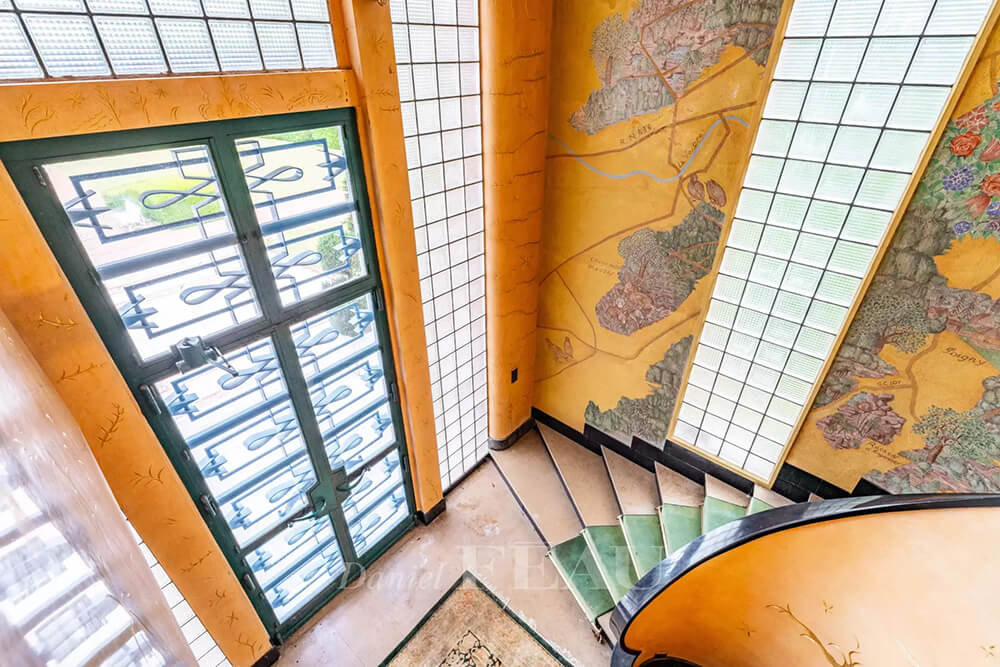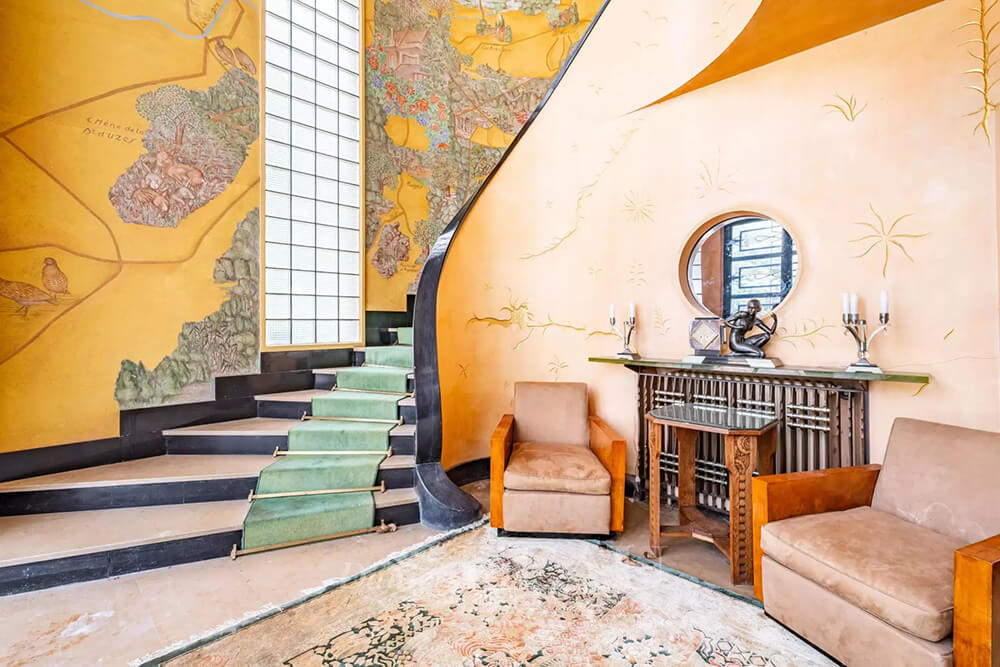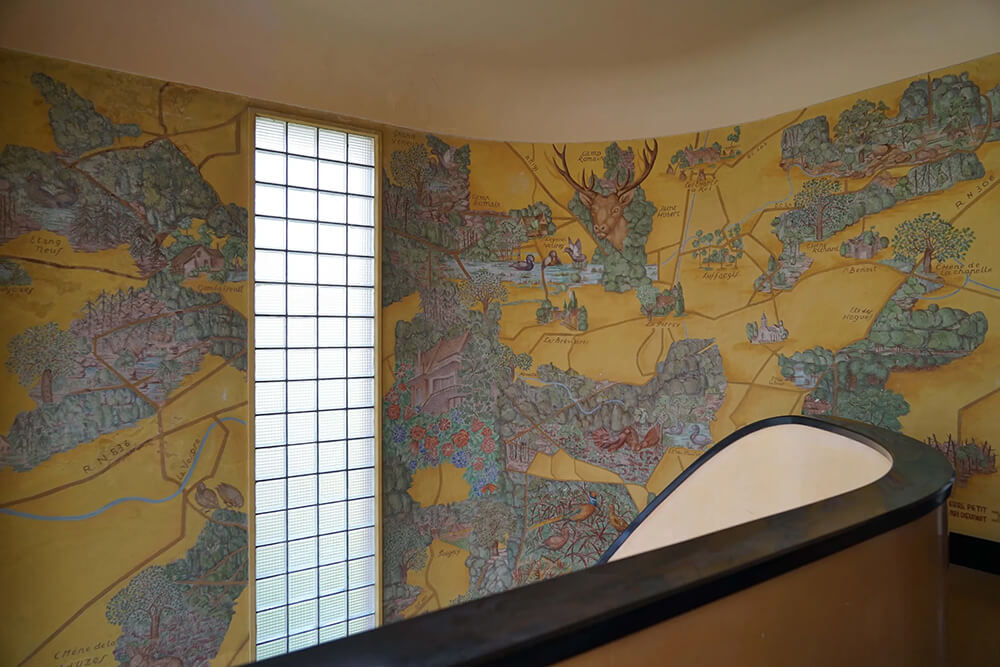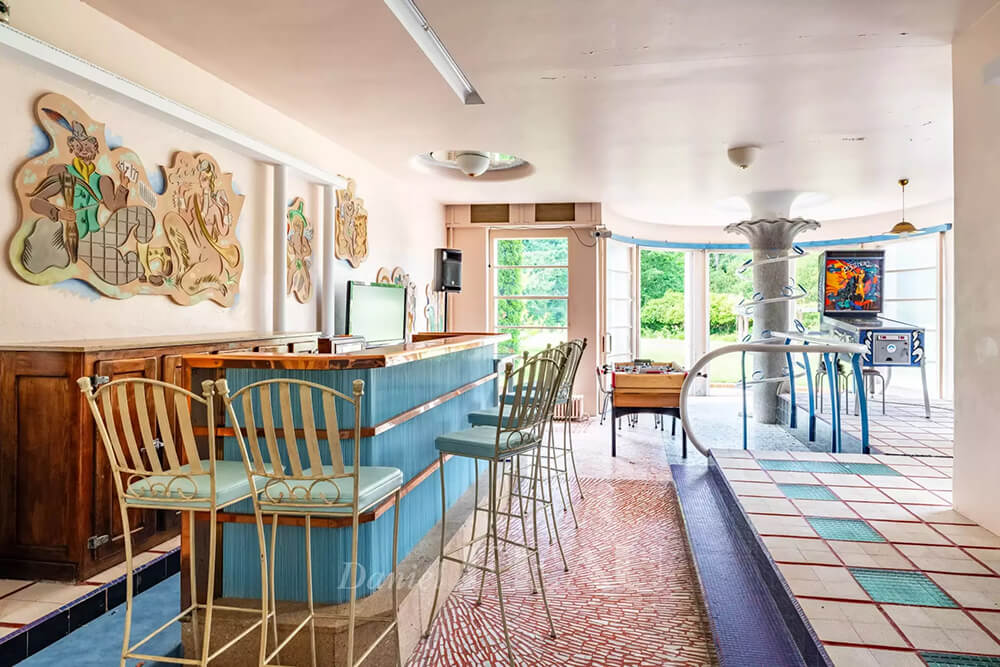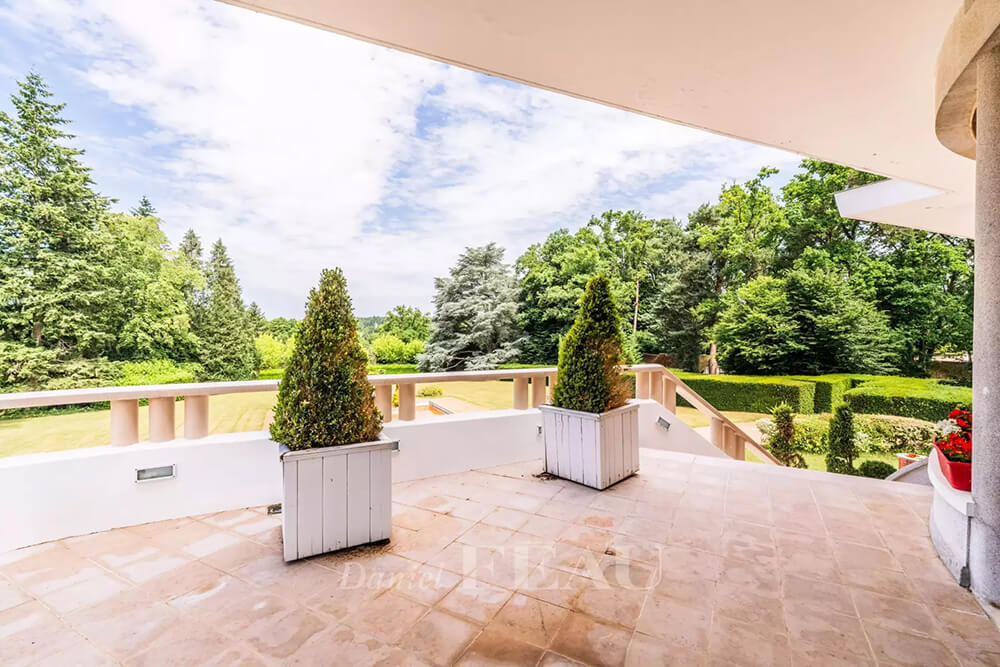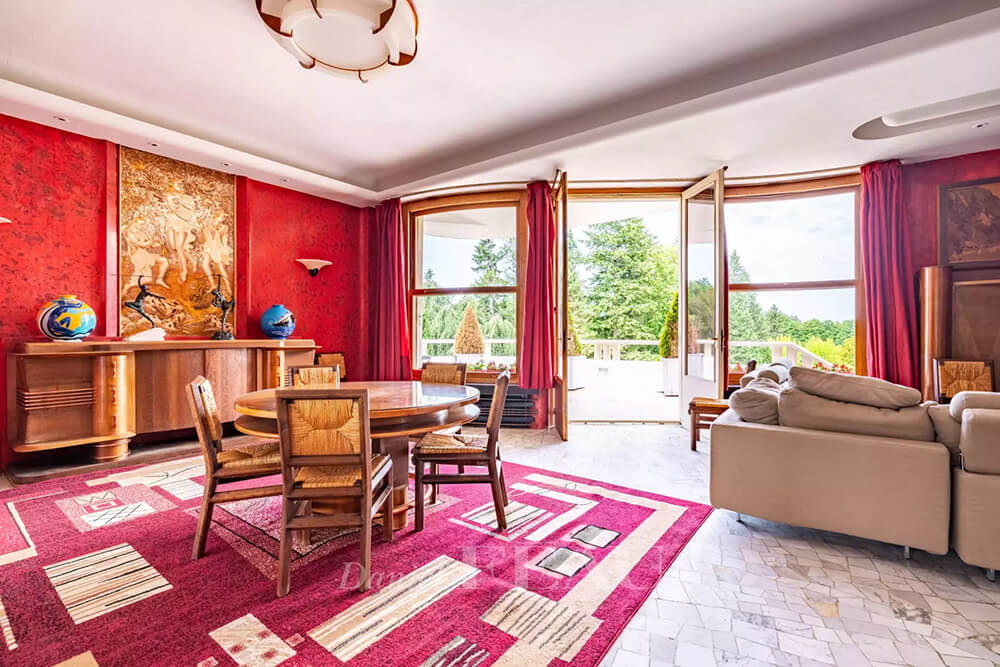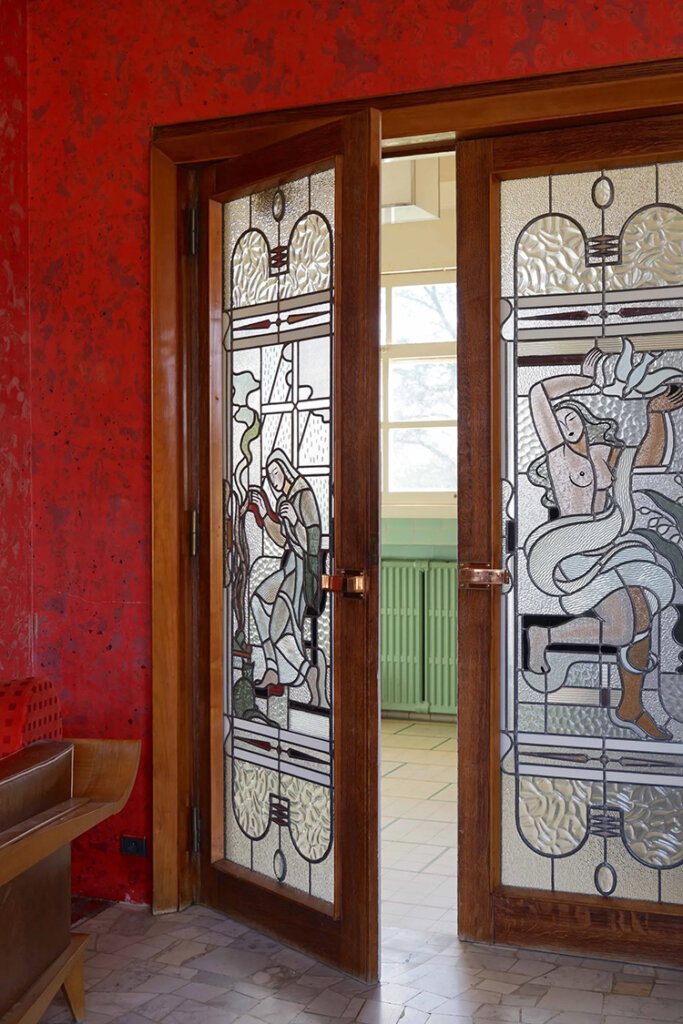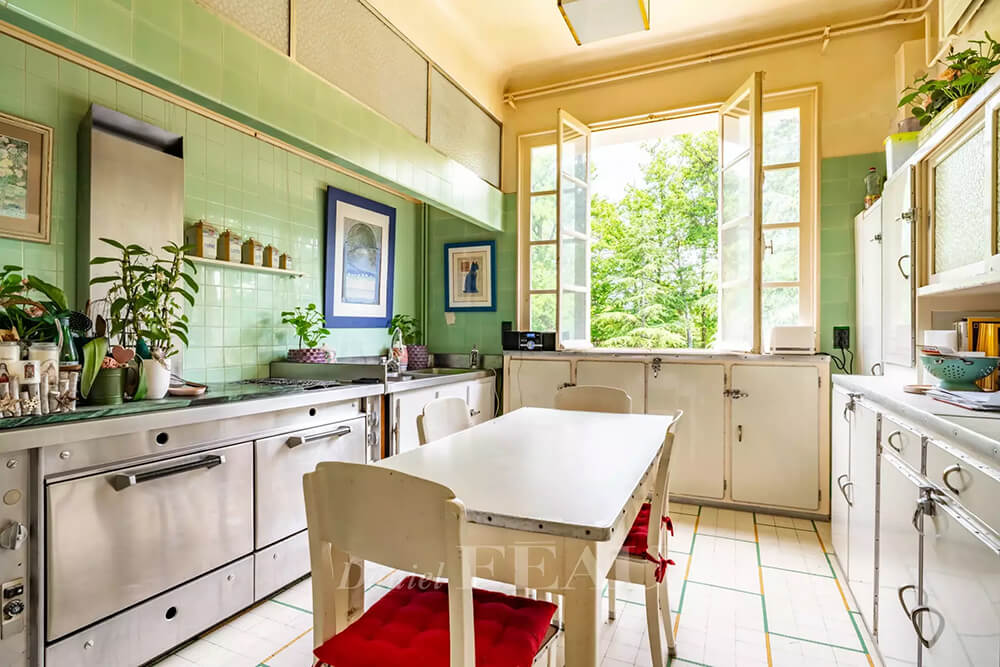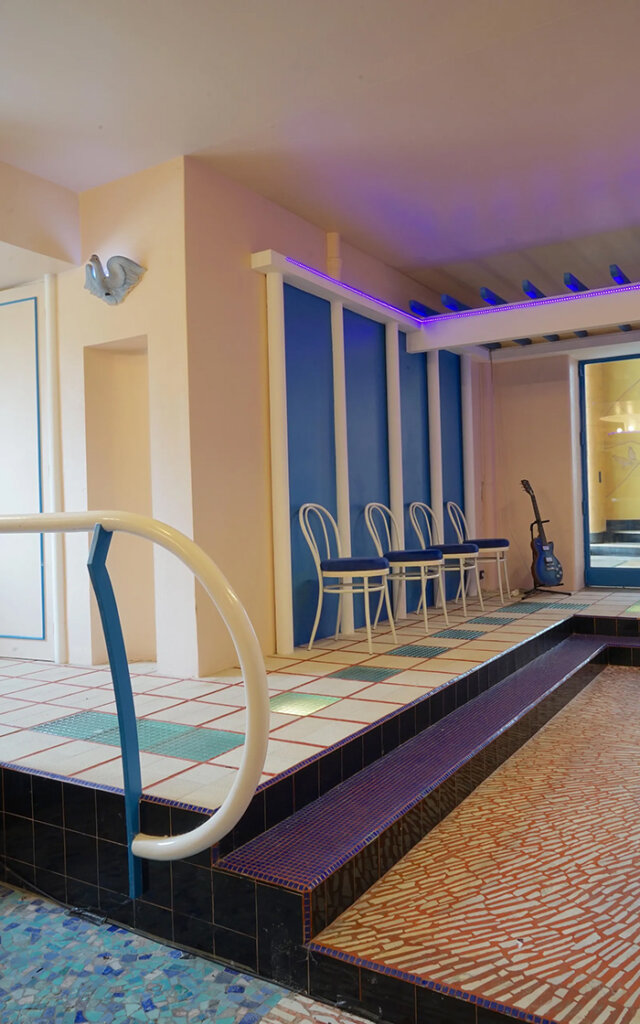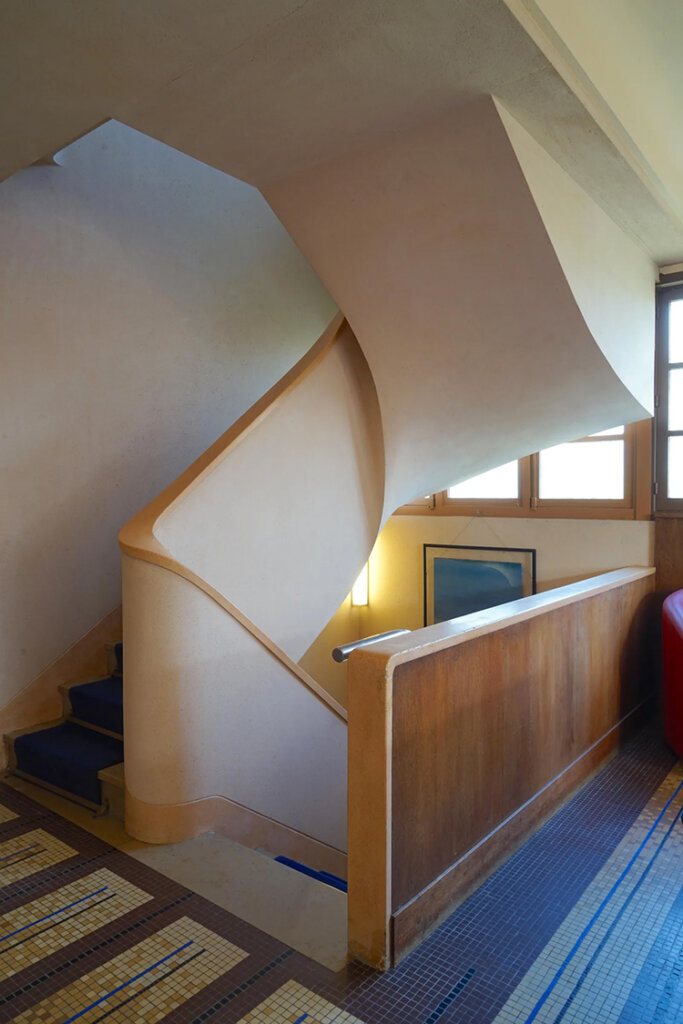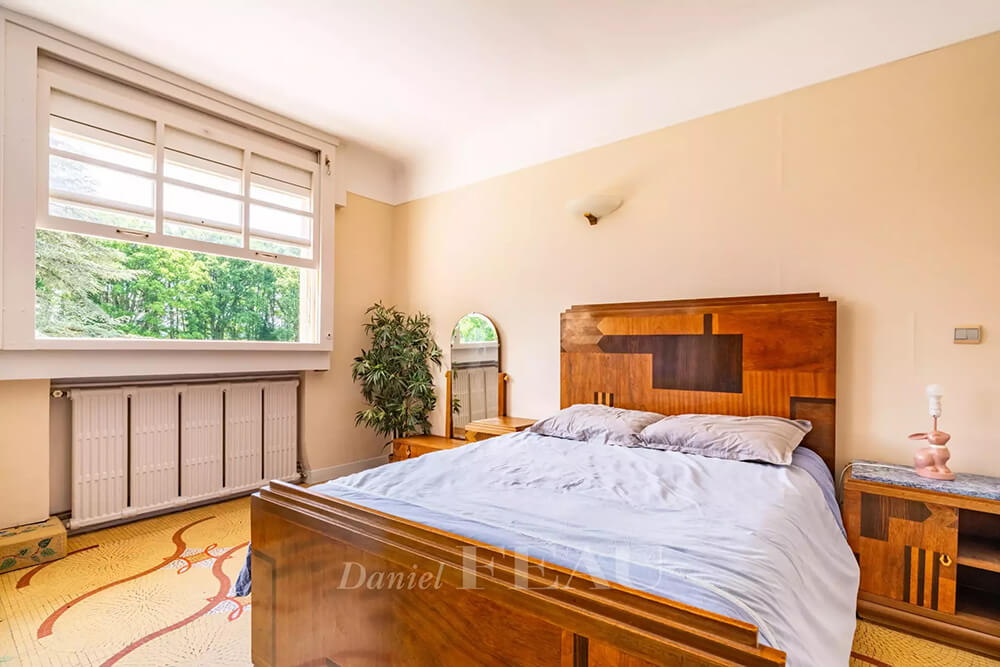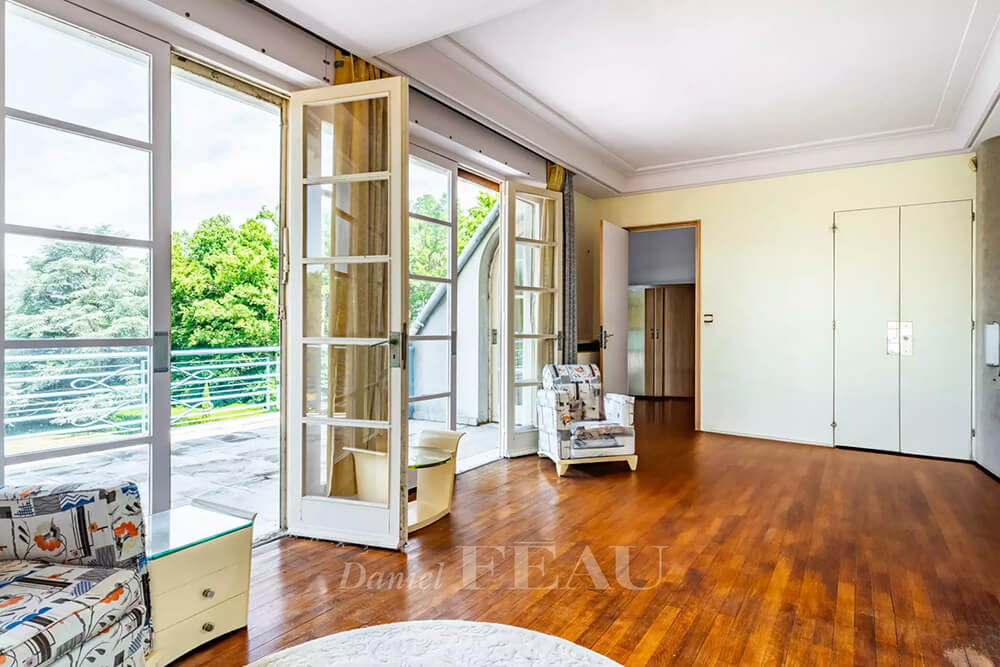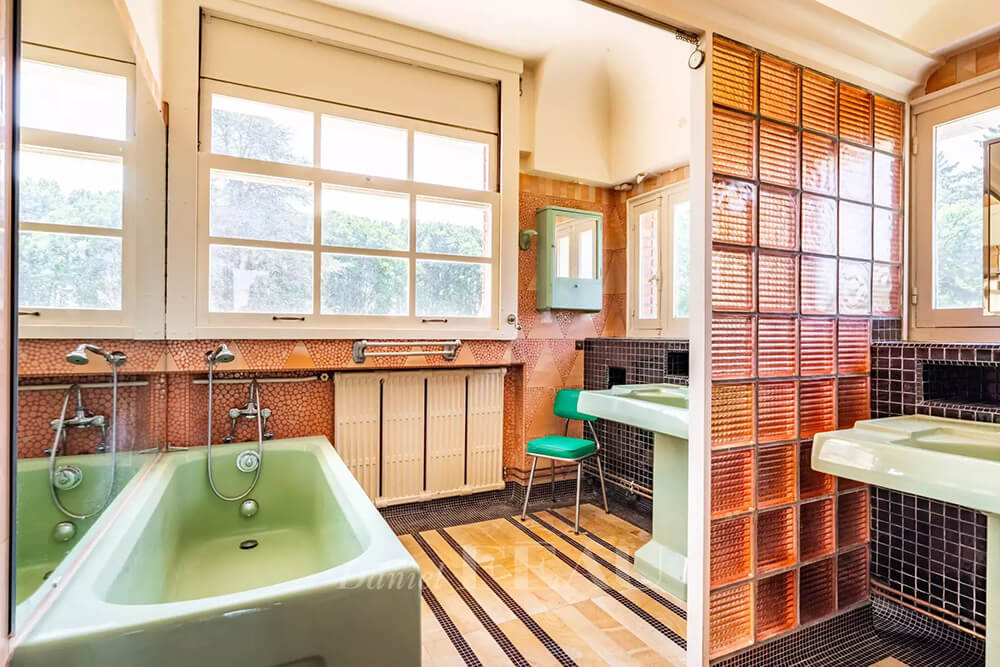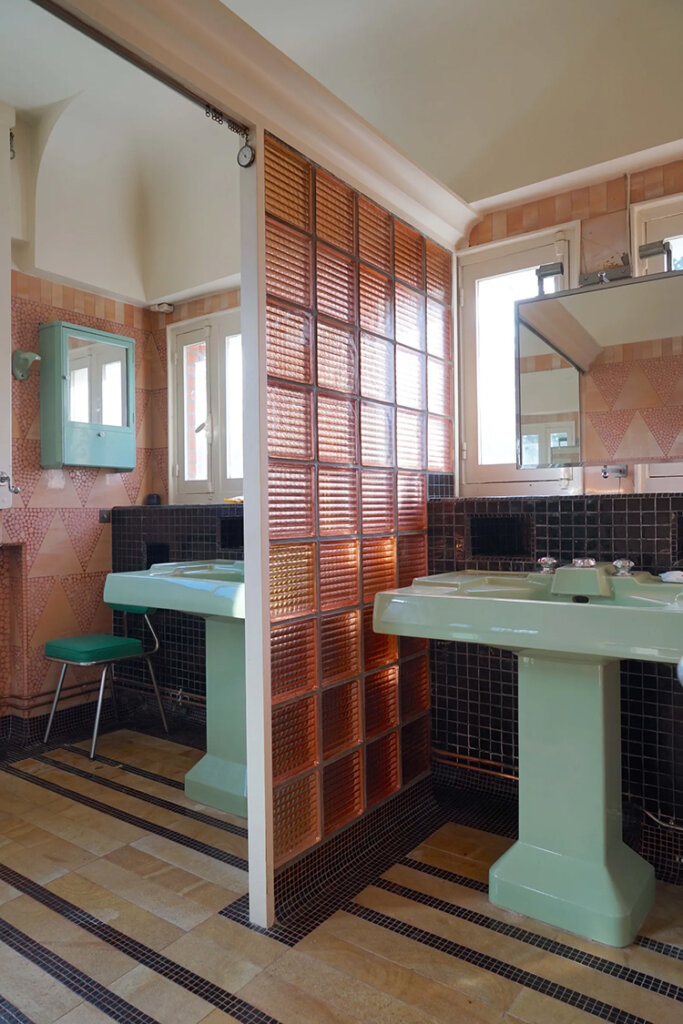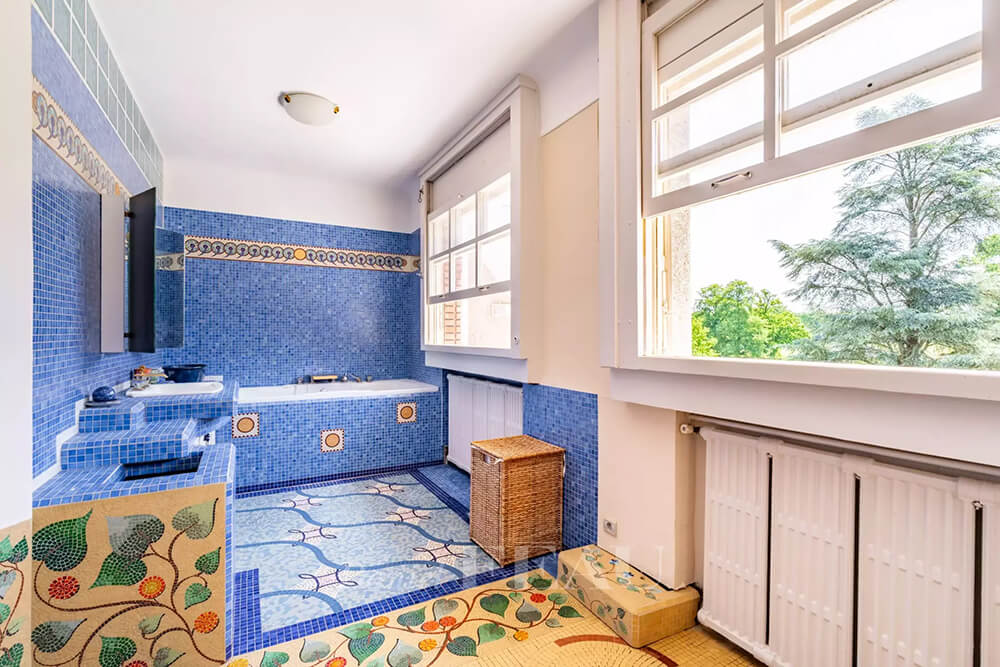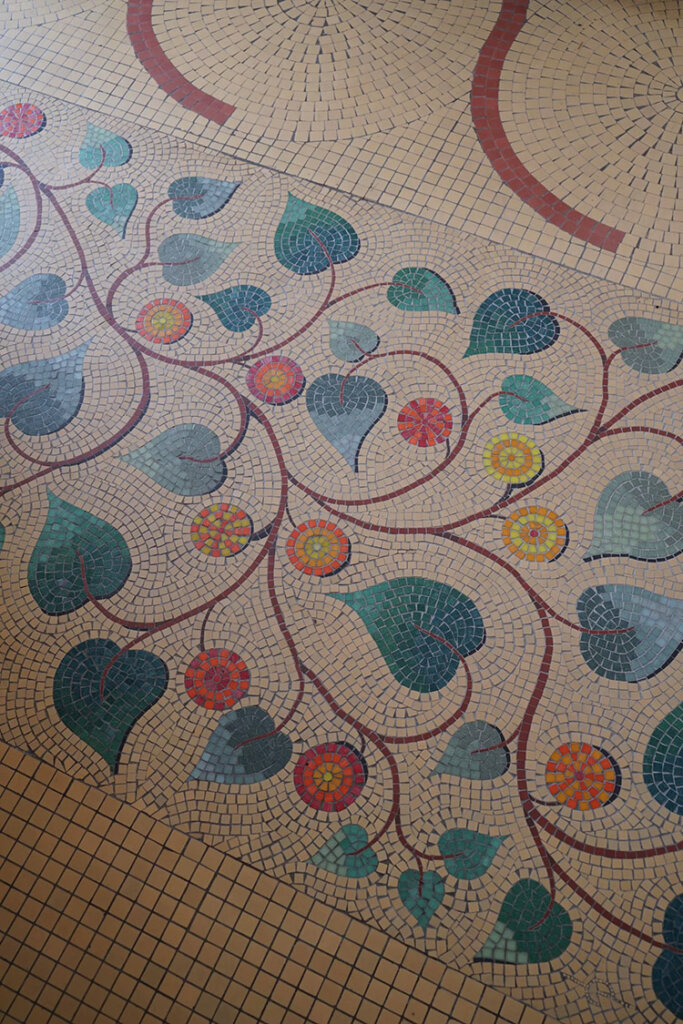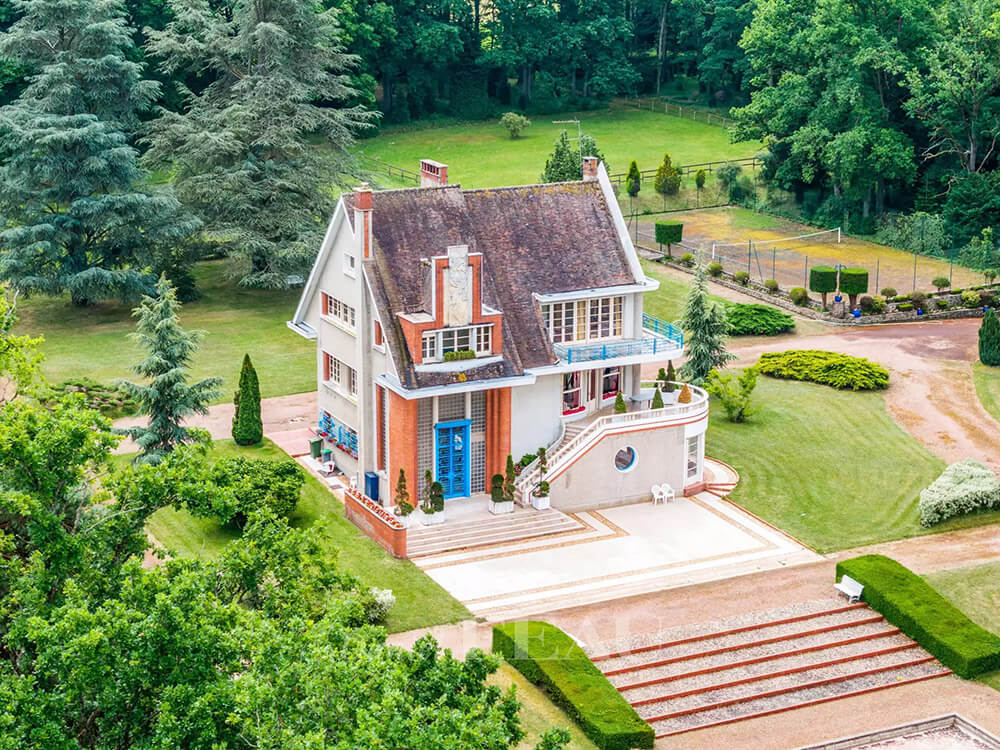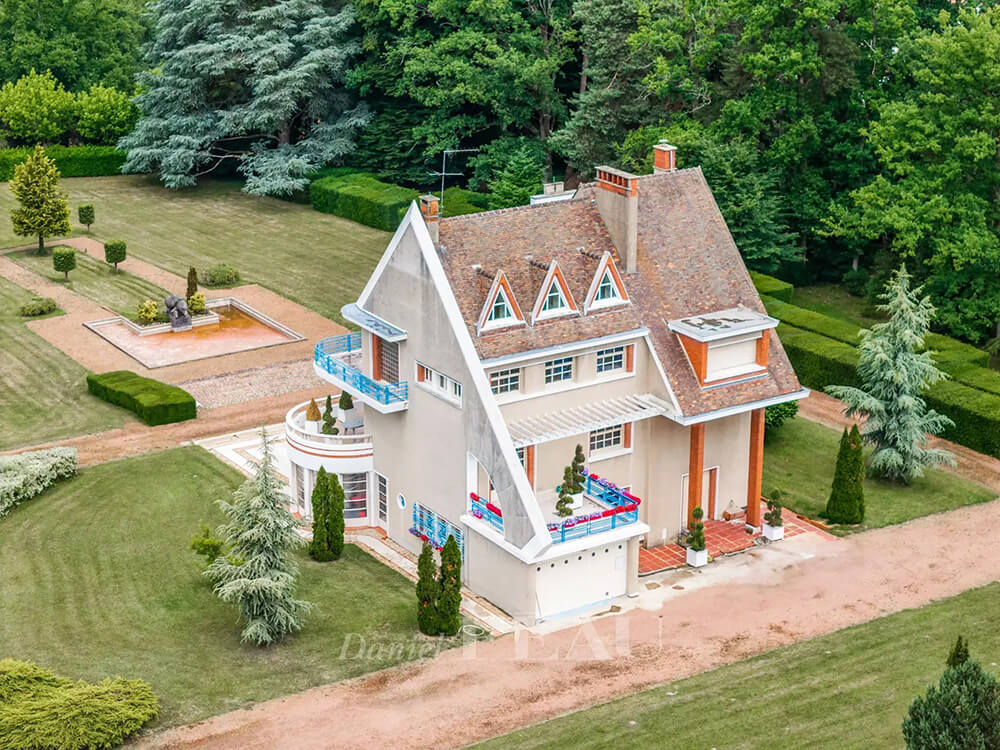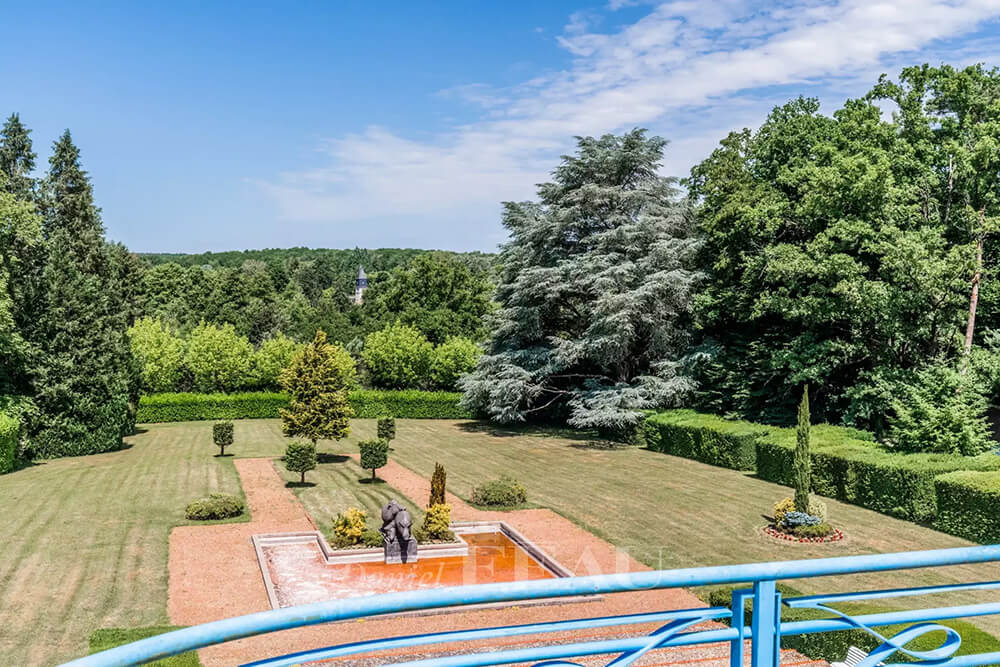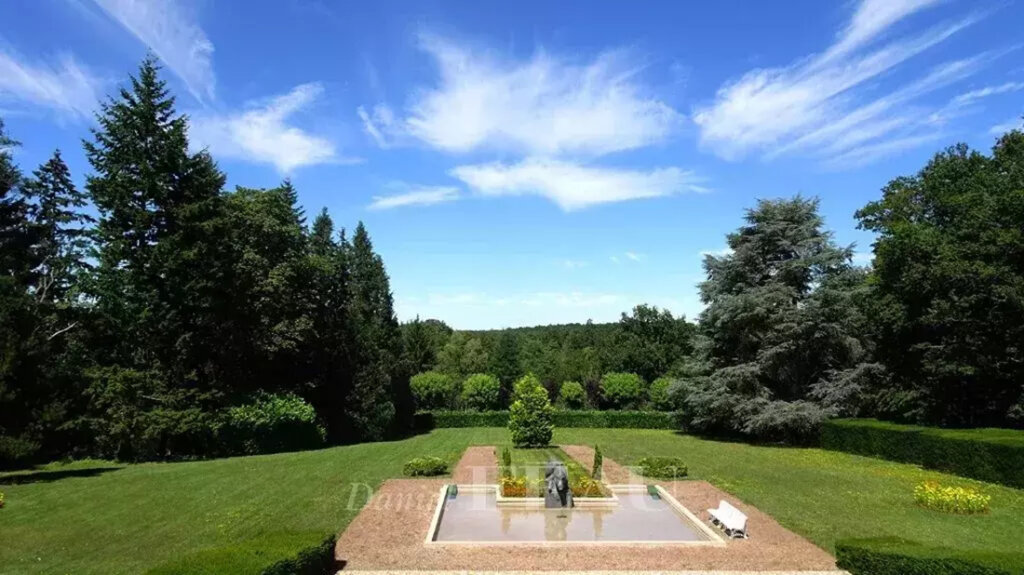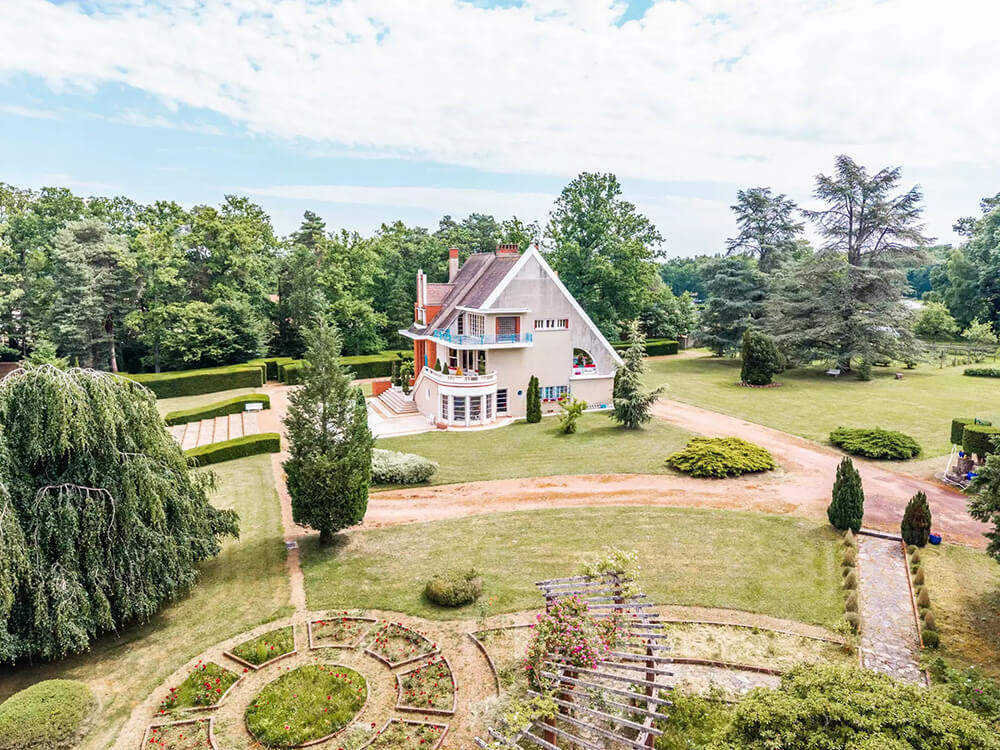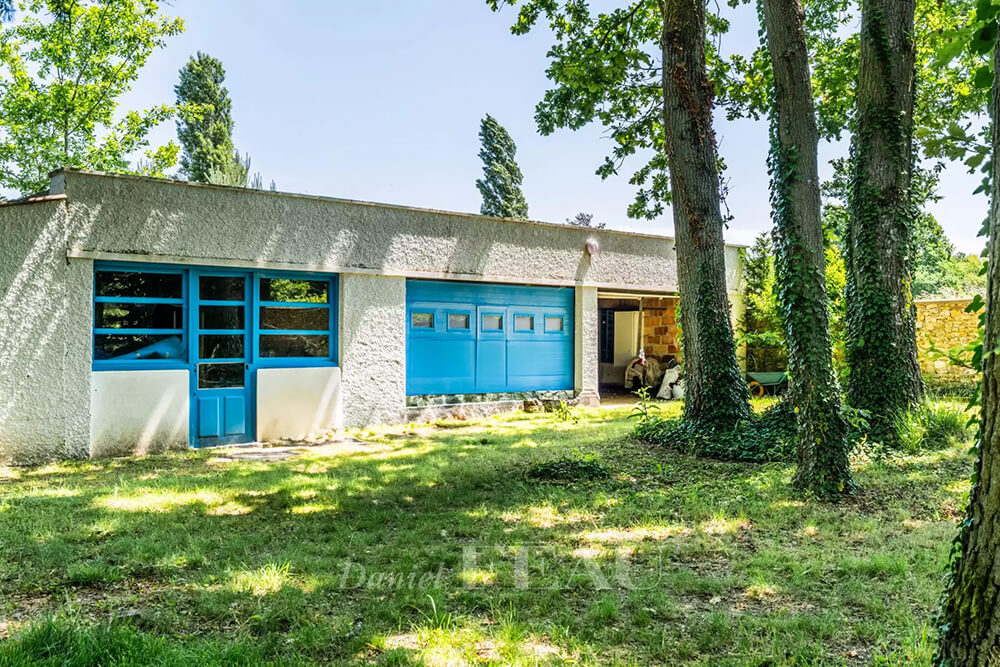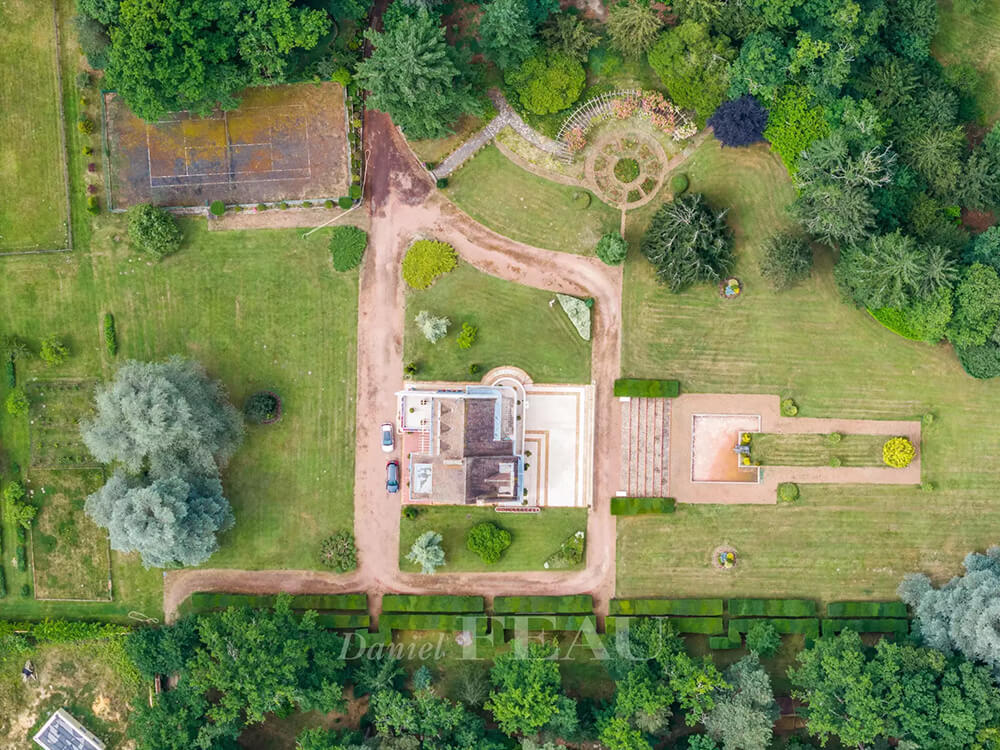Displaying posts labeled "Windows"
Adding some funk to traditional Mexican craft in a Mexico City home
Posted on Fri, 17 Oct 2025 by KiM
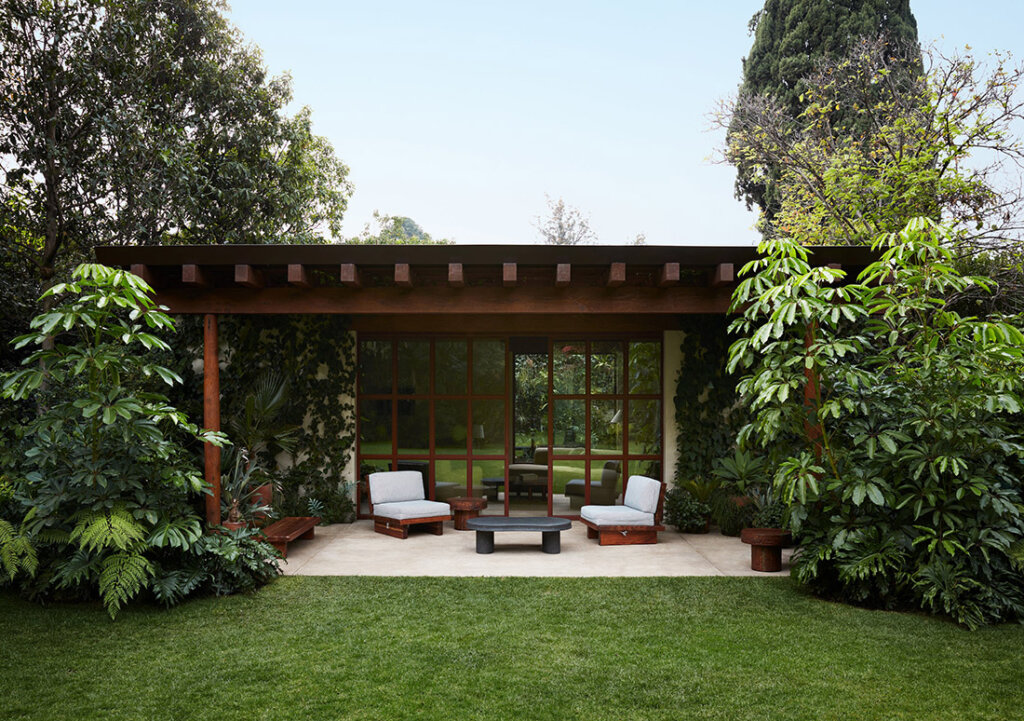
The Studio’s first ground-up build finds both solace and togetherness in a one-room pavilion envisioned as a family retreat unfolding in the garden behind the main home, enveloped and enlivened in a thatch of greenery. A pleasing admixture of provenance and period fulfills the desire to “mess up the hair of the house”: custom furniture of the Studio’s own design — a sofa the color of saffron, tactile tables hewn from local lava stone; vintage Postwar examples — Pierre Chapo, Jeanerret, Noguchi. A bar of locally-sculpted brass rings a half-round form that hugs the structure, creating a self-contained entertaining space. Terracotta tiles in the bathroom tap into the heritage of Mexican craft. Barragan-inspired shutters frame the windows, a custom pattern Nepalese silk rug stretches across the floor like a sun-baked field.
Another stellar project of absolute perfection by Studio Valle de Valle set among the stunning greenery of Mexico. What a dream! Photos: Stephen Kent Johnson.

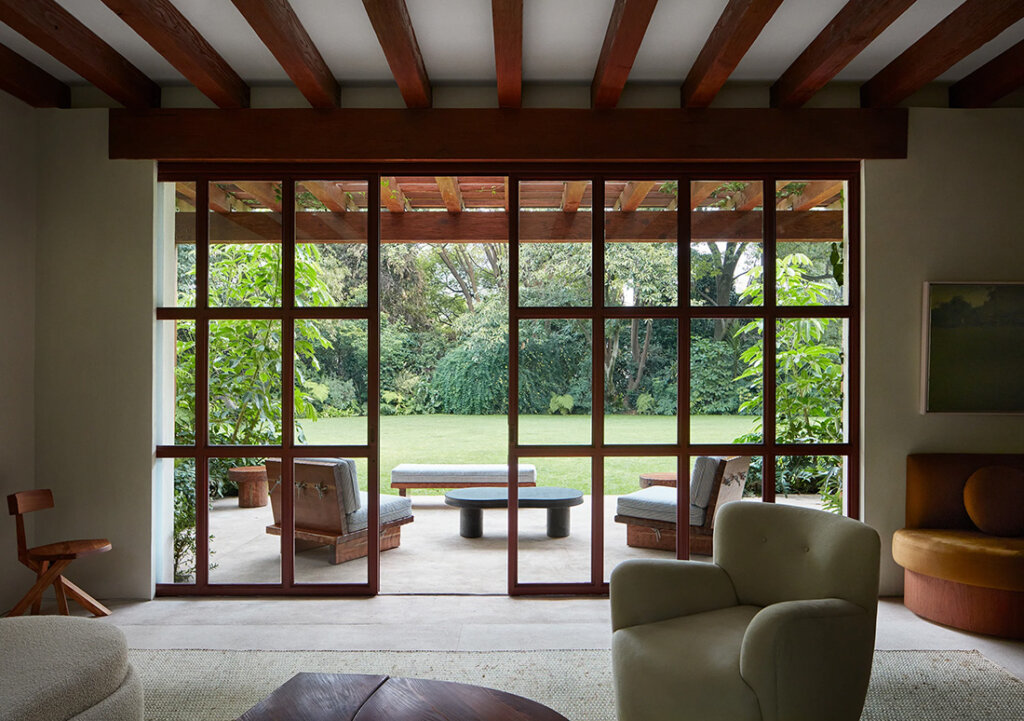
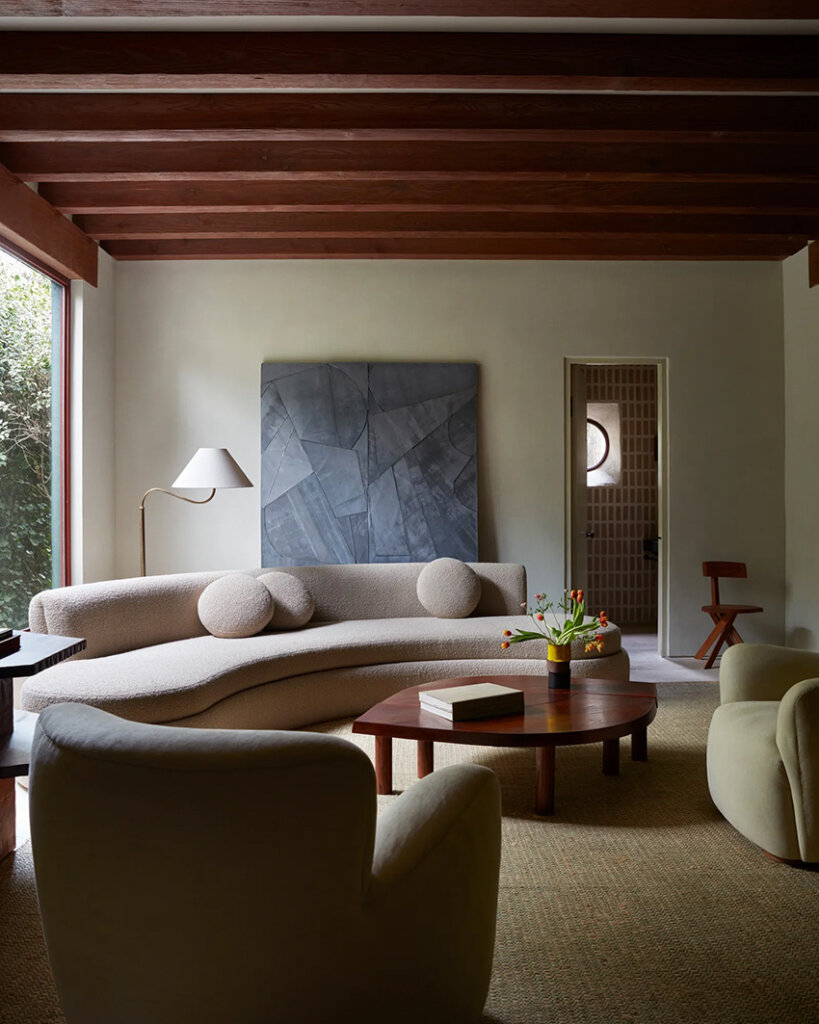
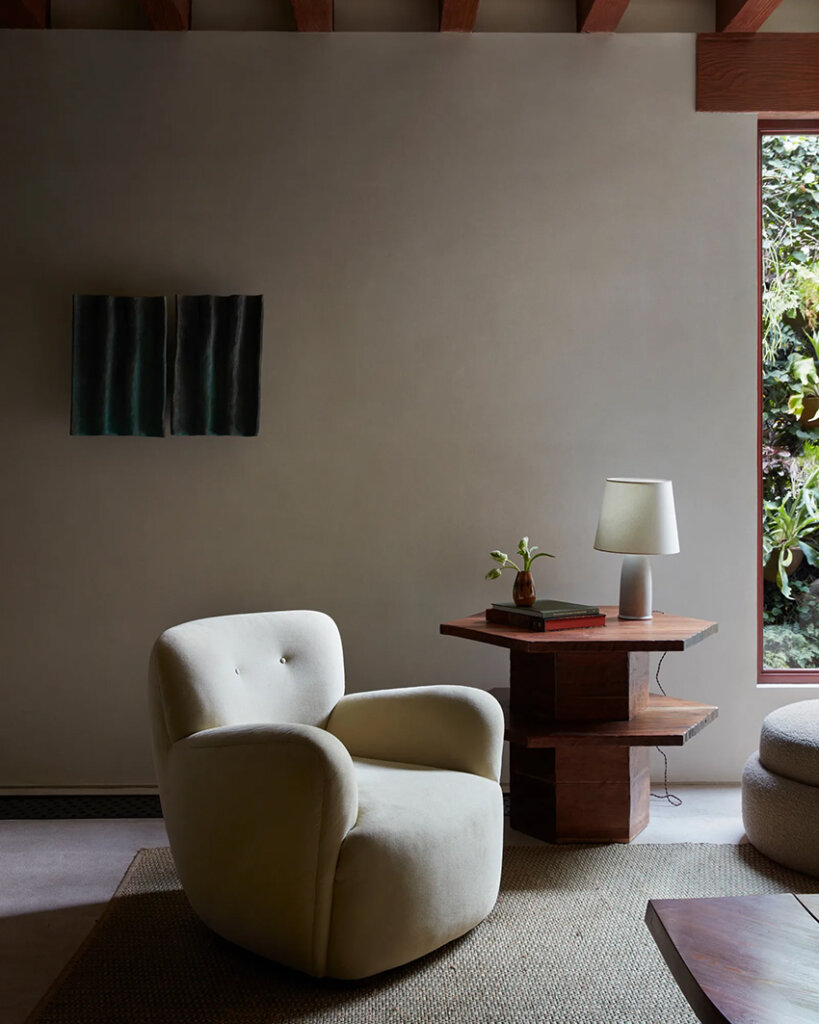

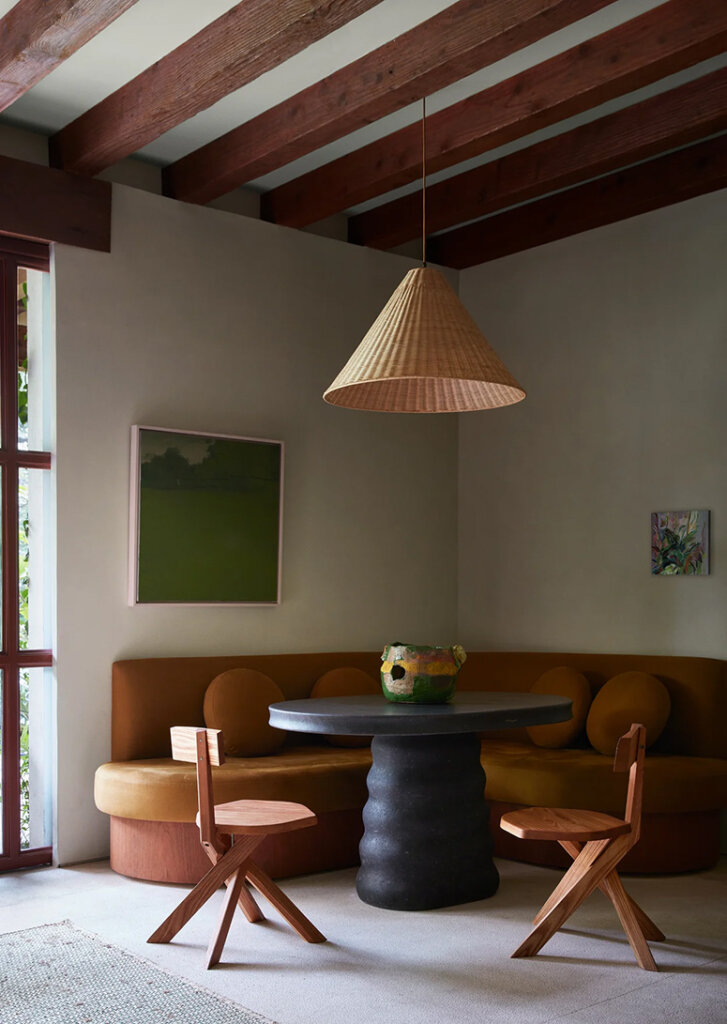

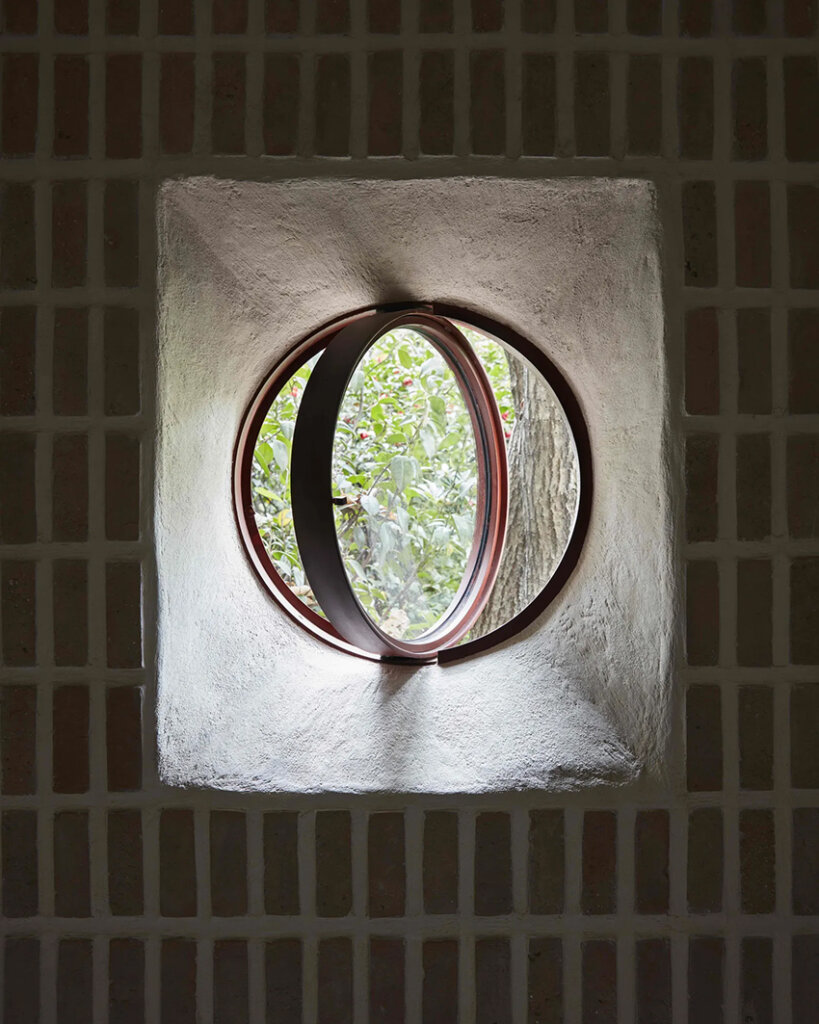
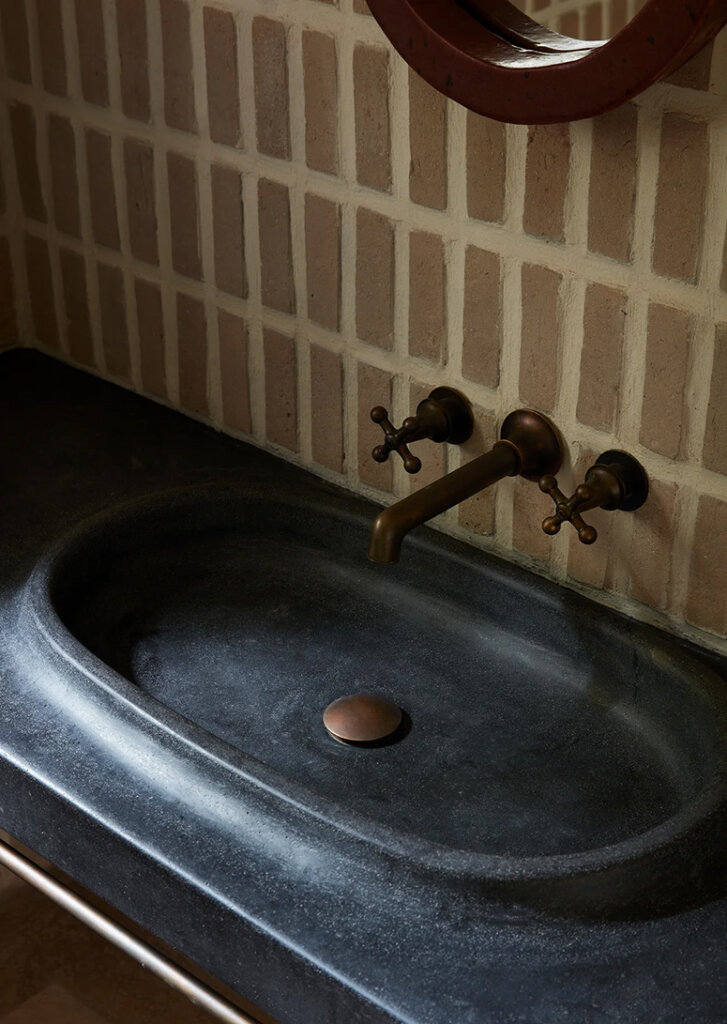
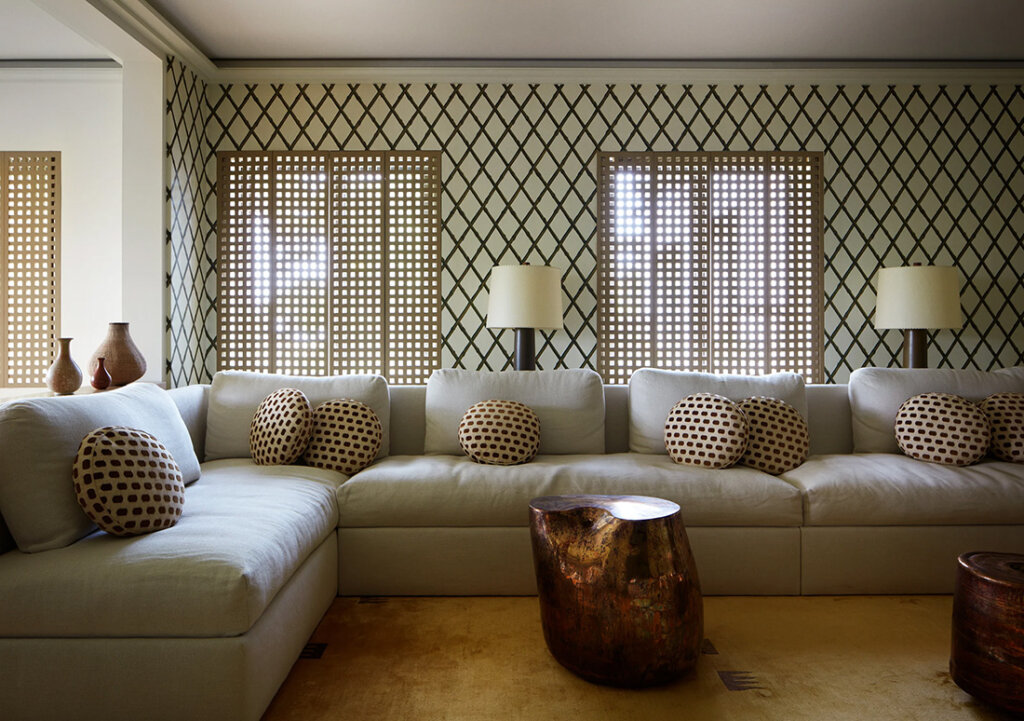
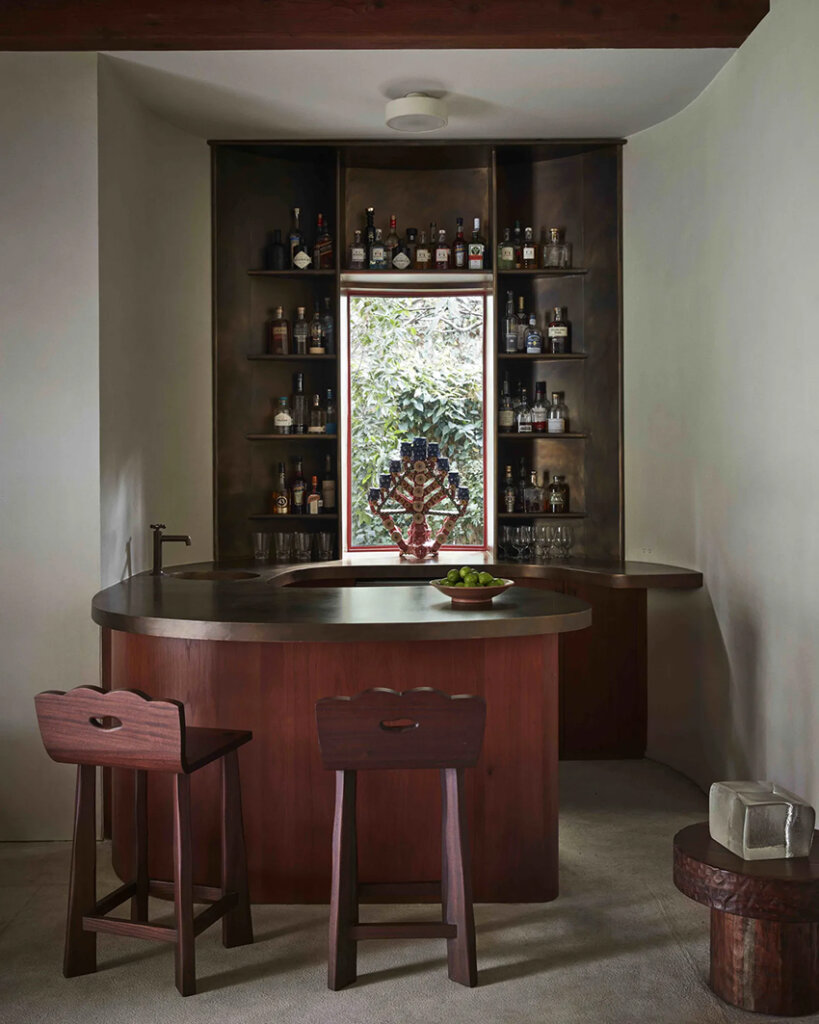
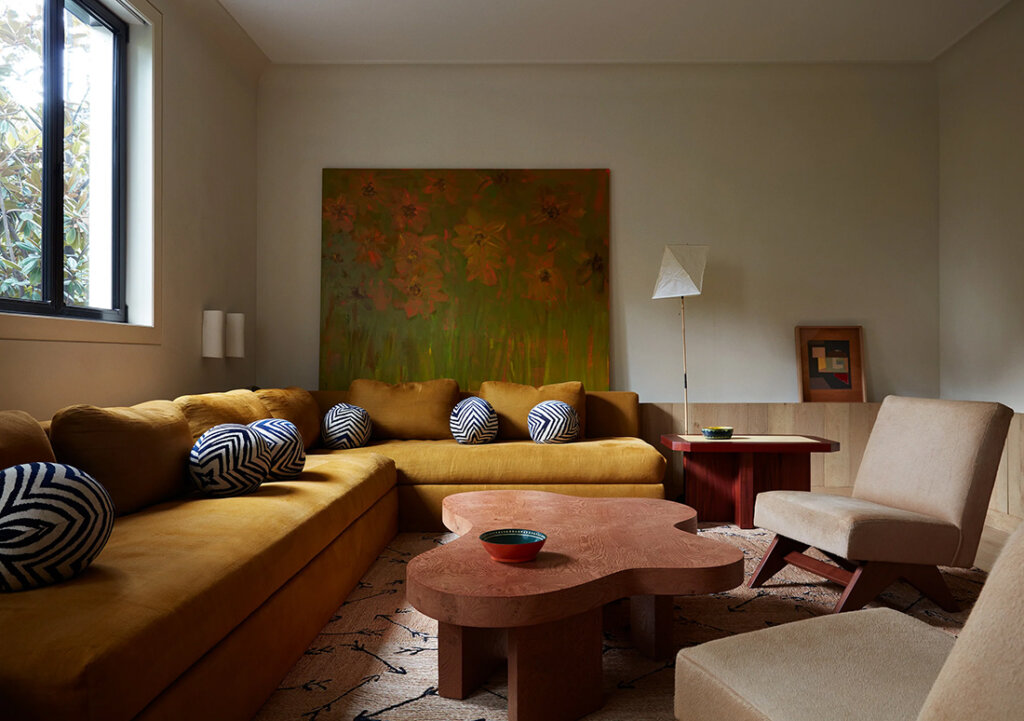
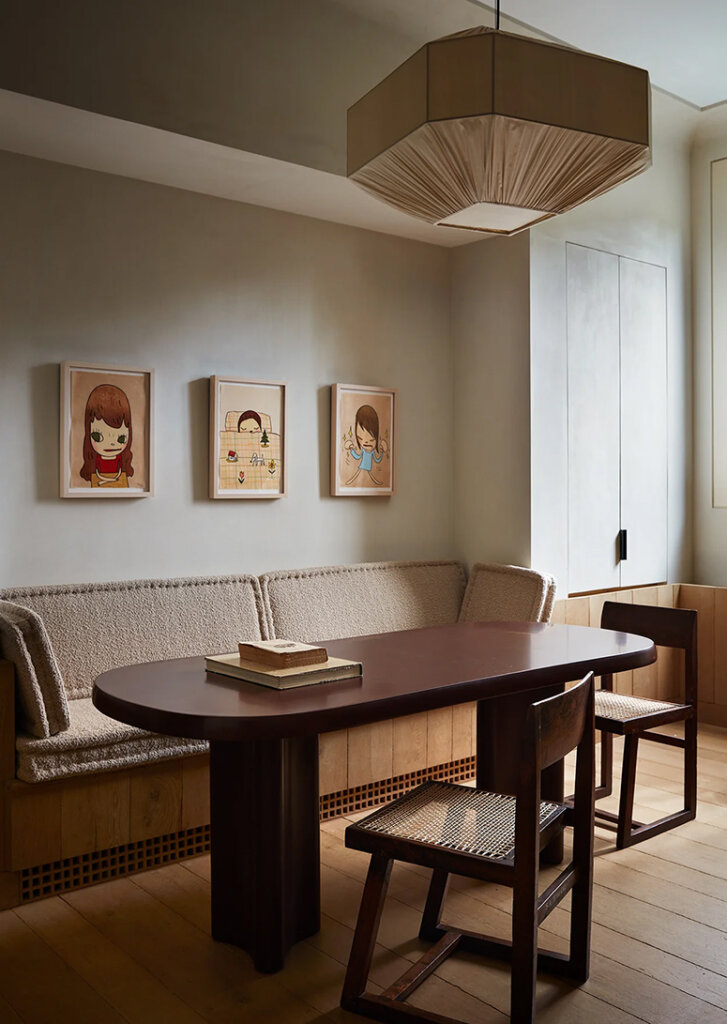
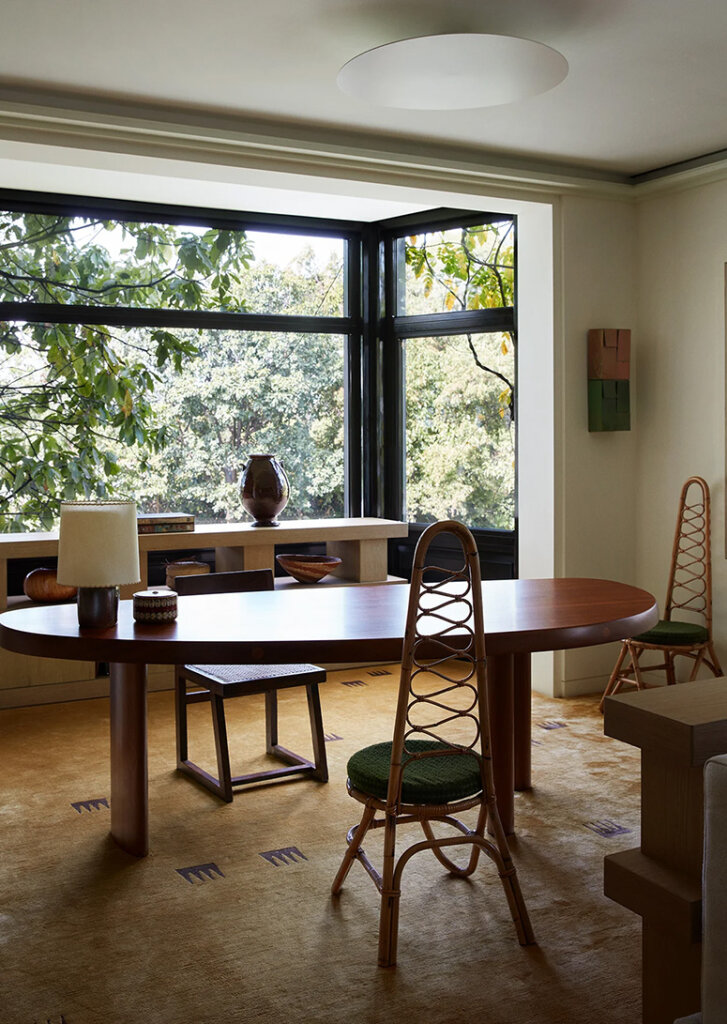
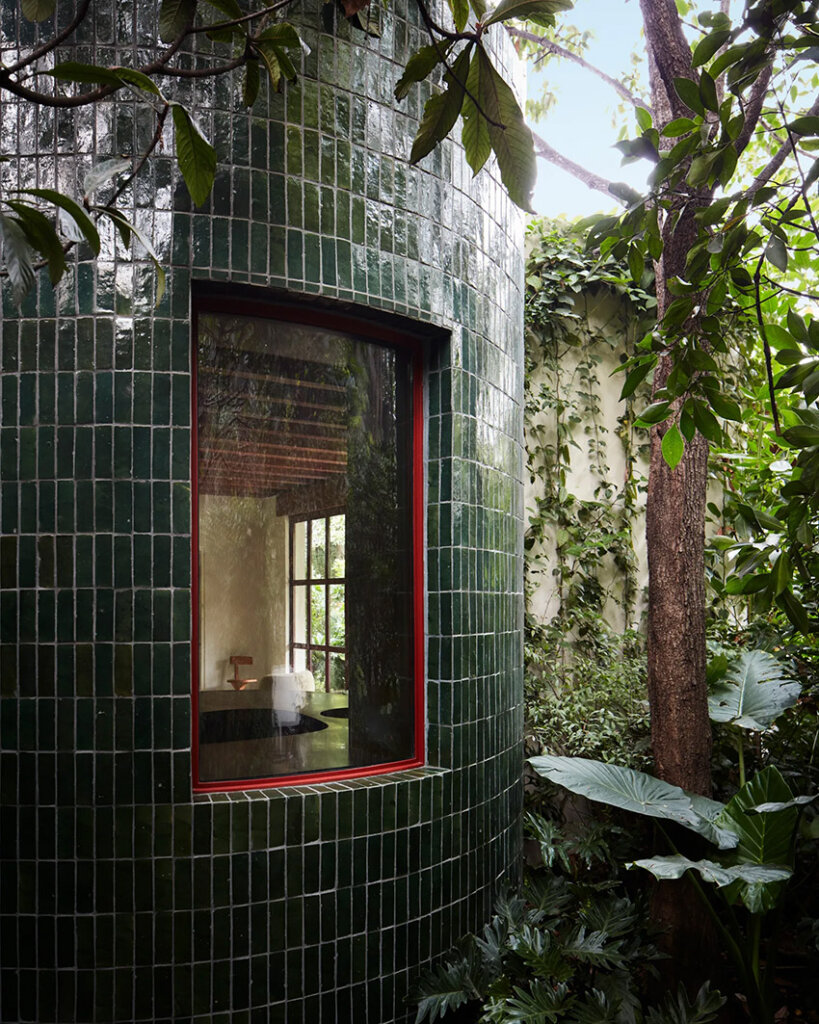
Rocco Borromini
Posted on Wed, 1 Oct 2025 by KiM
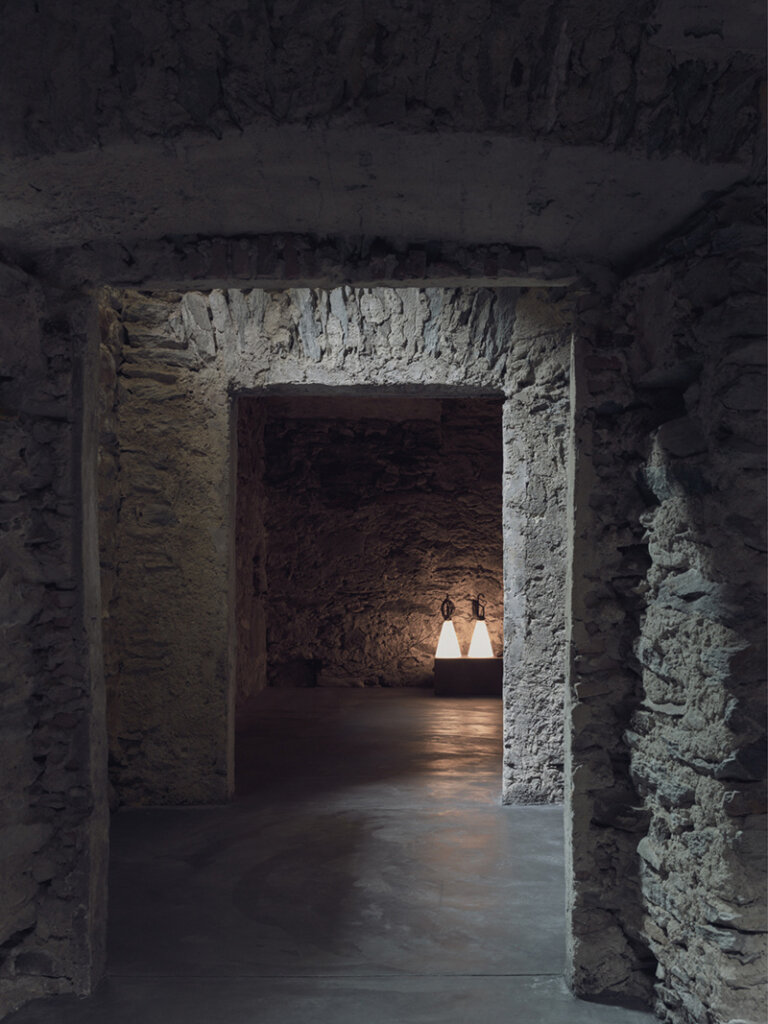
Respect for history. Care in the details. The scent of wood. The cool touch of steel. The simplicity of it all. Peaceful. The world of Italian architect Rocco Borromini.
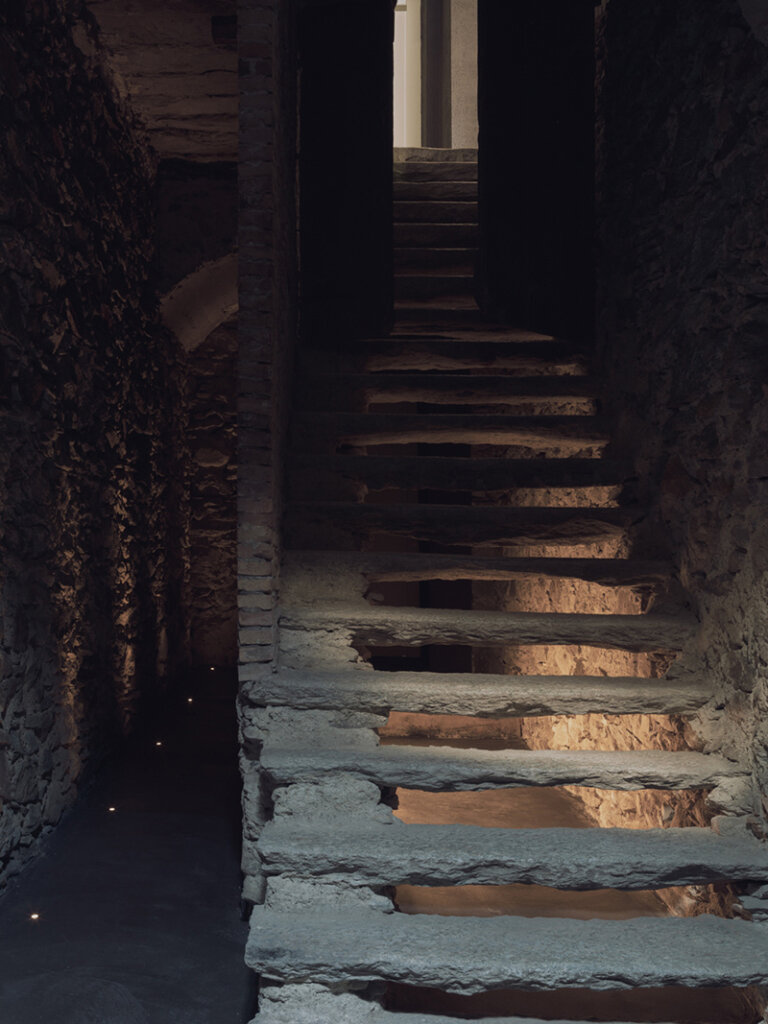
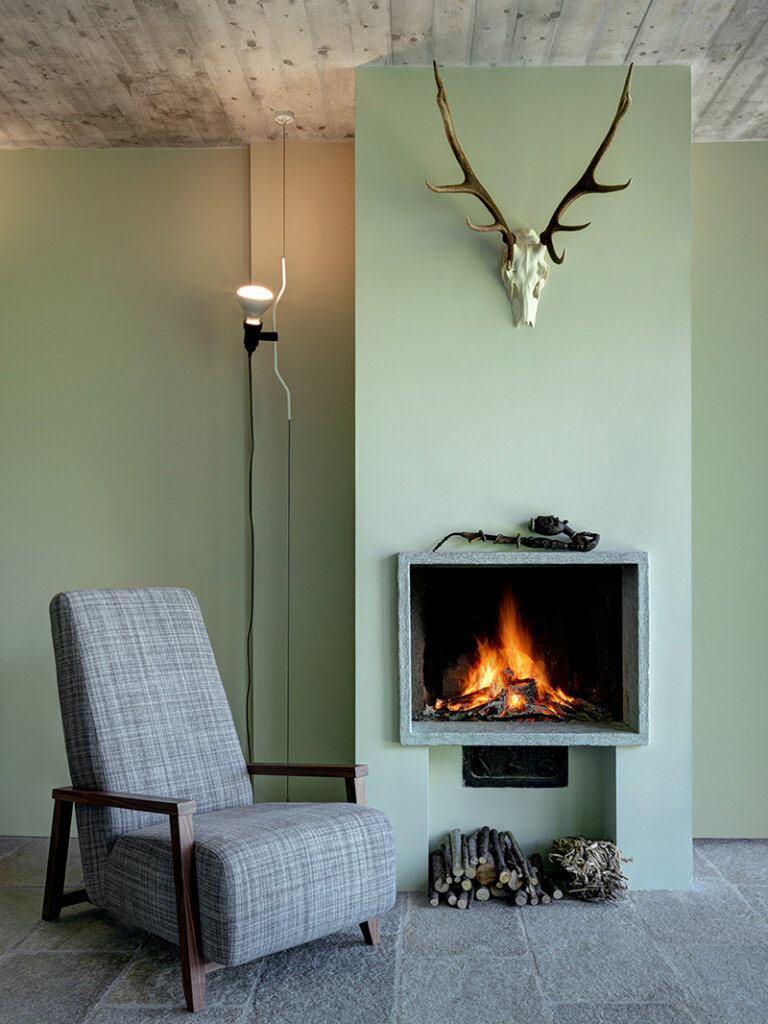
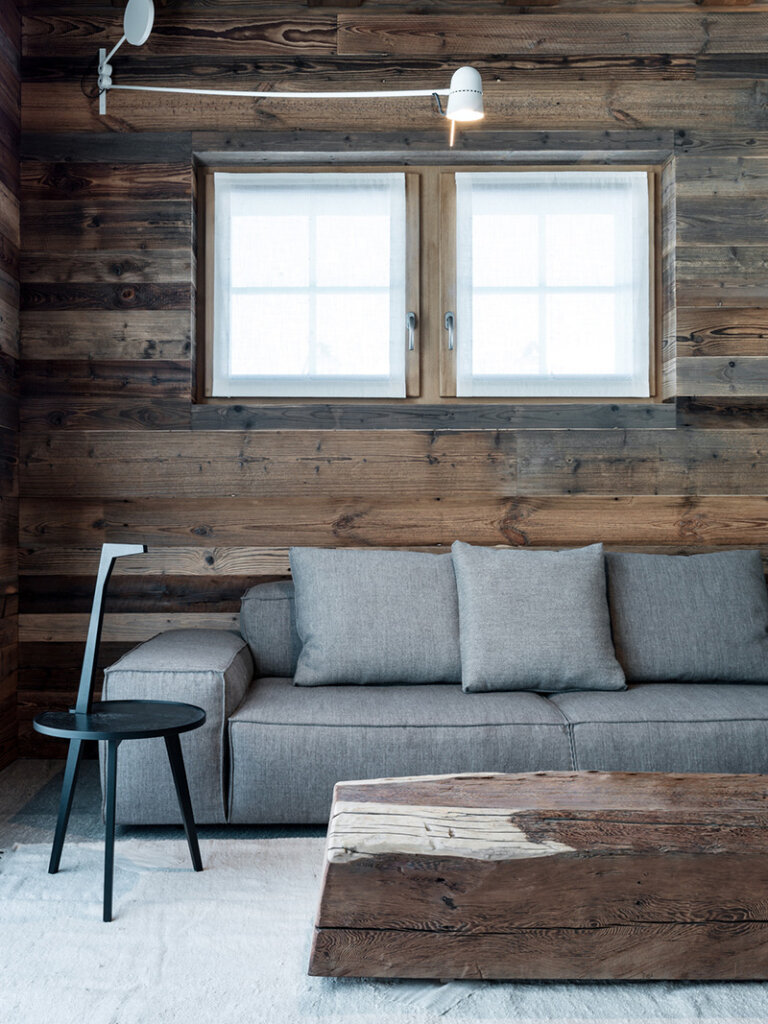
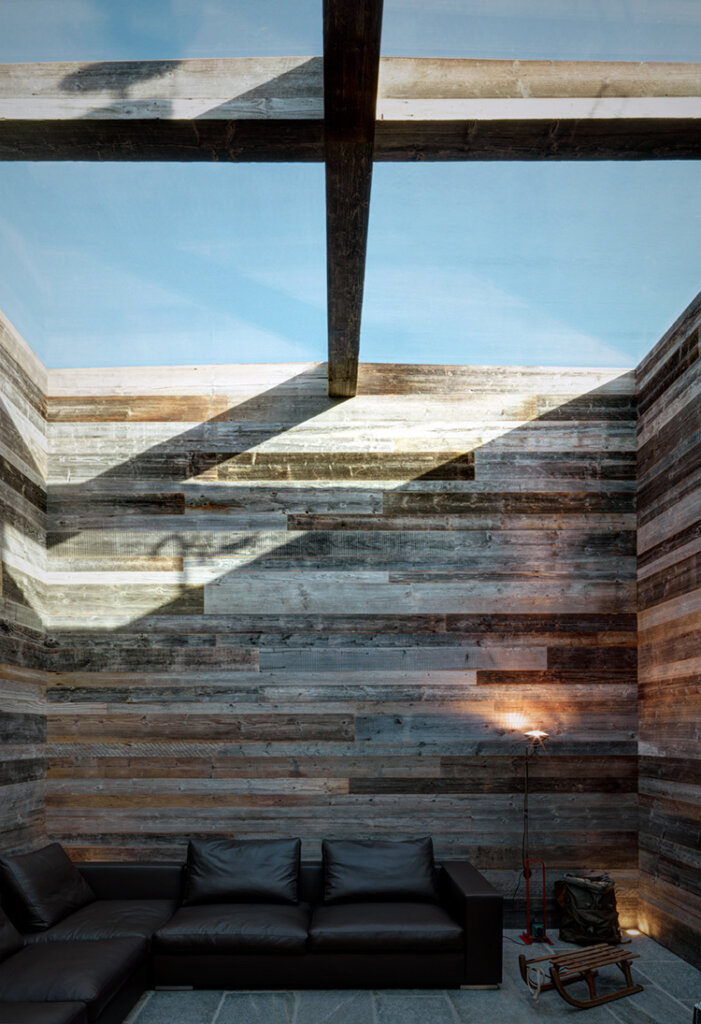
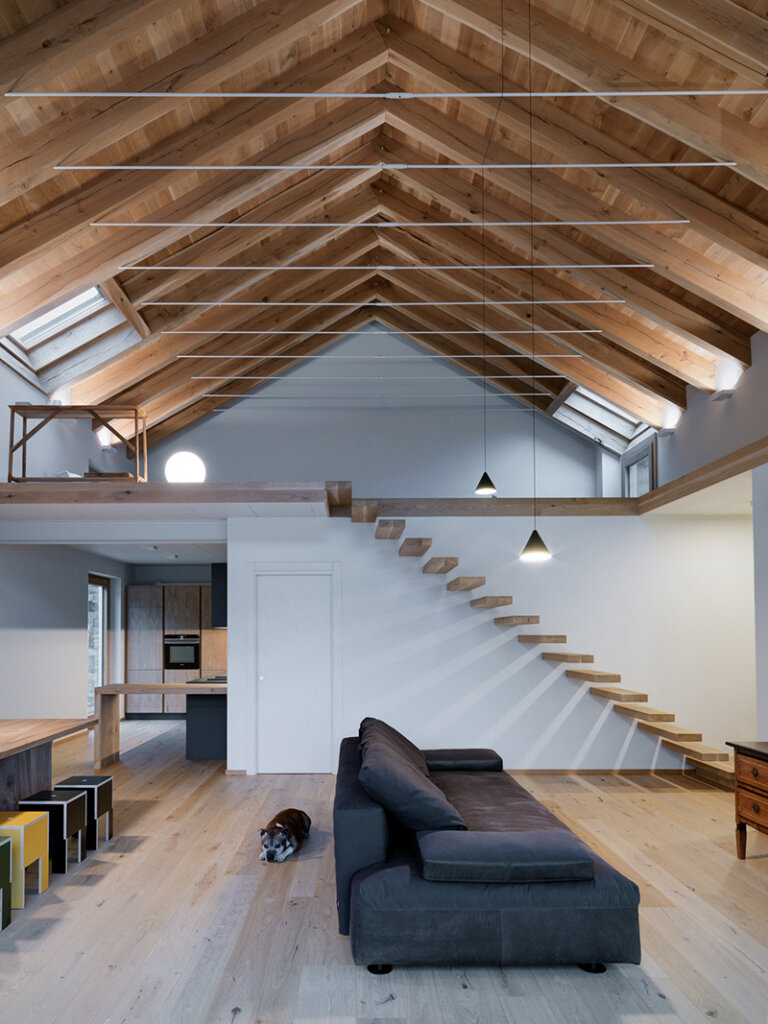
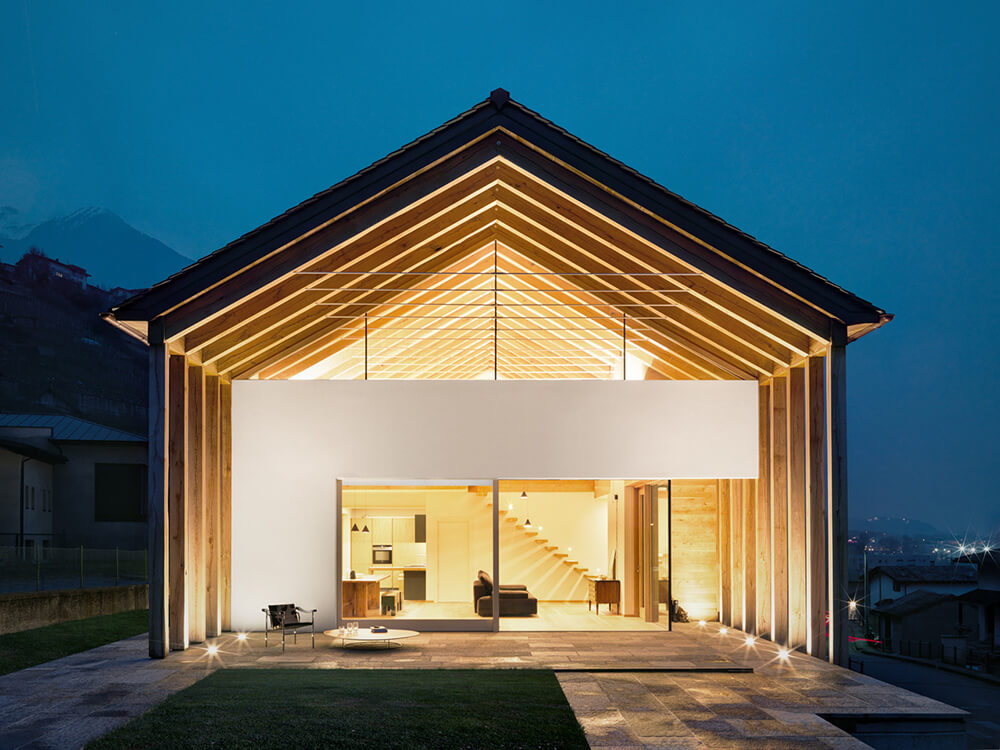
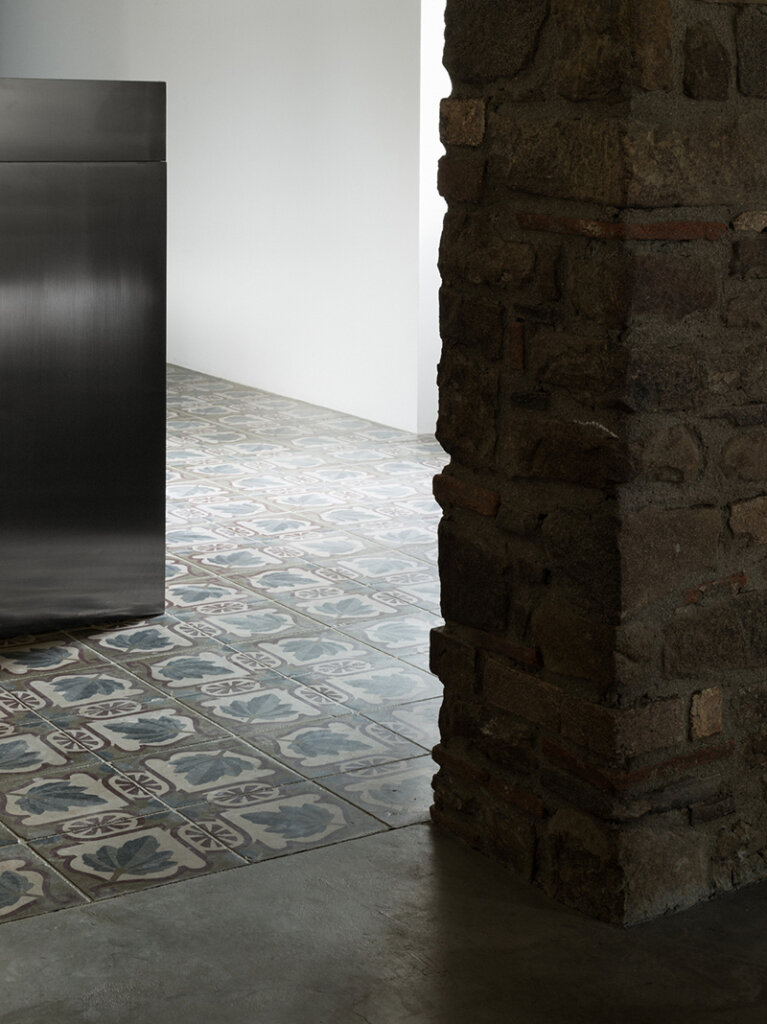
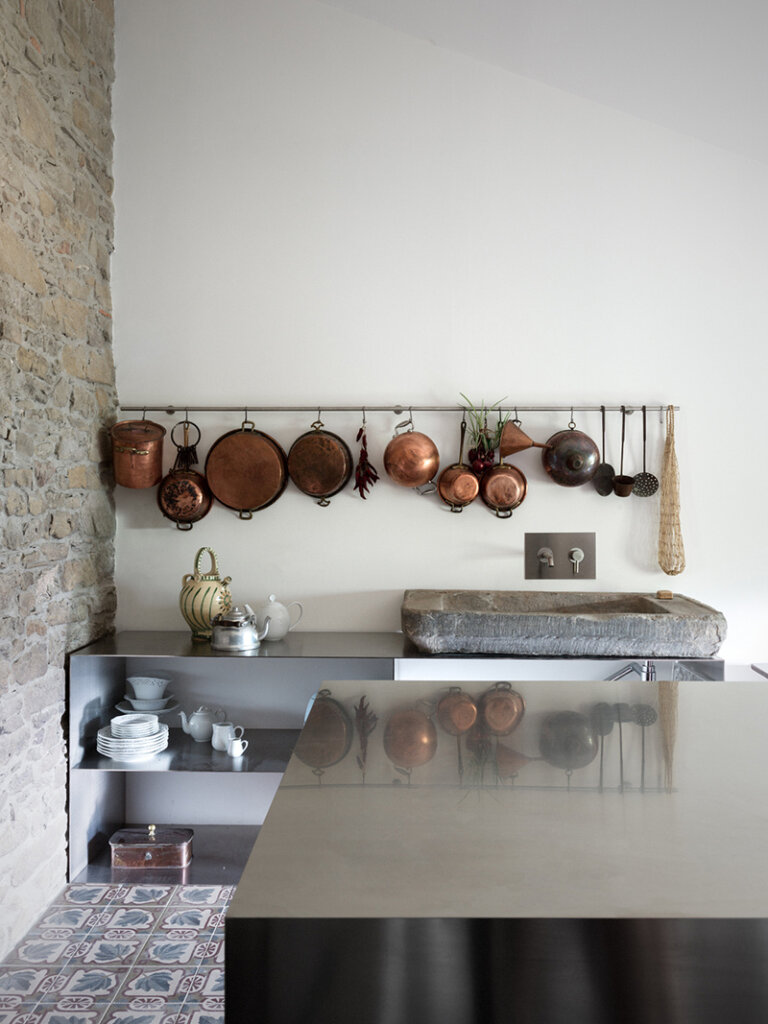
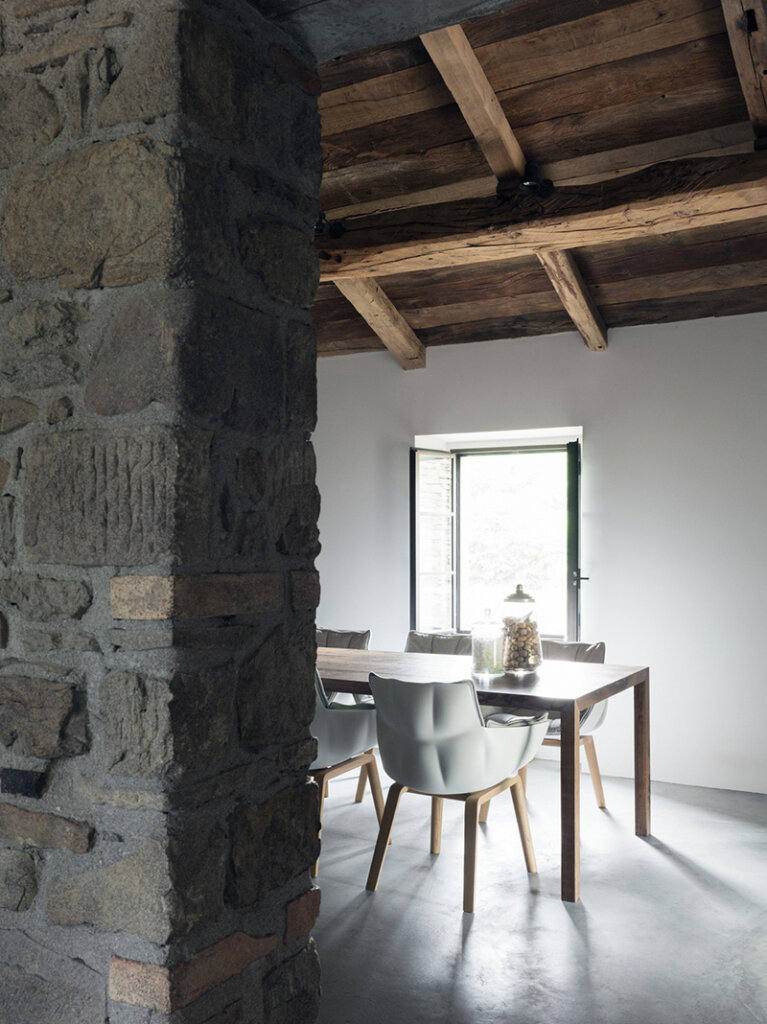
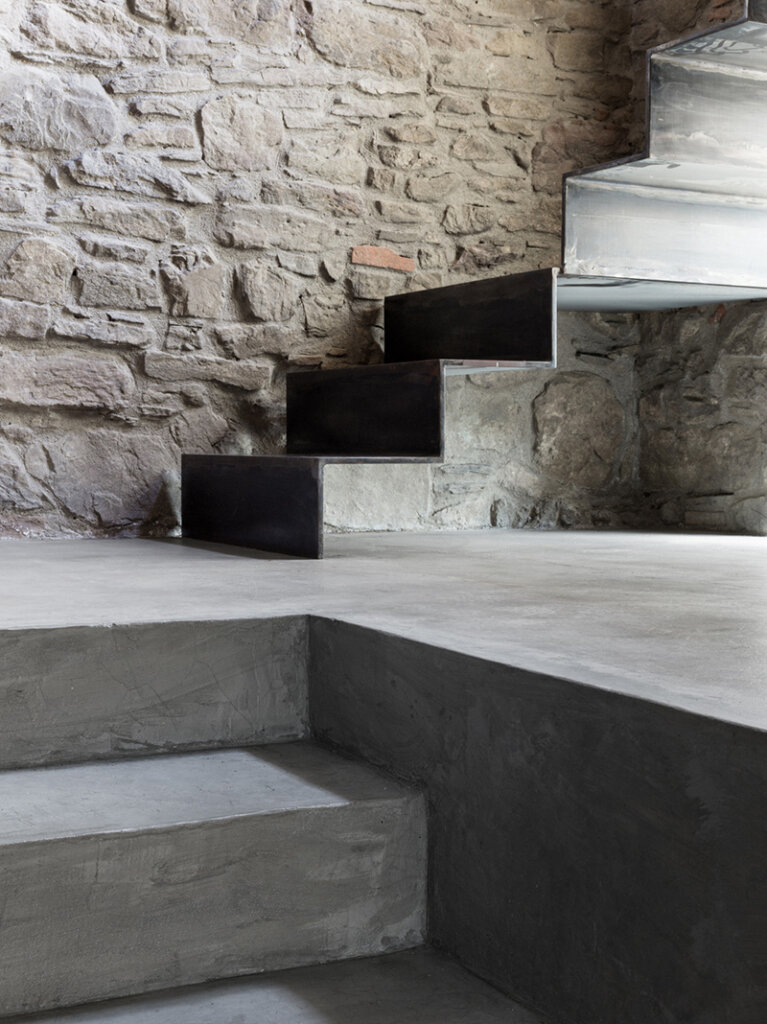
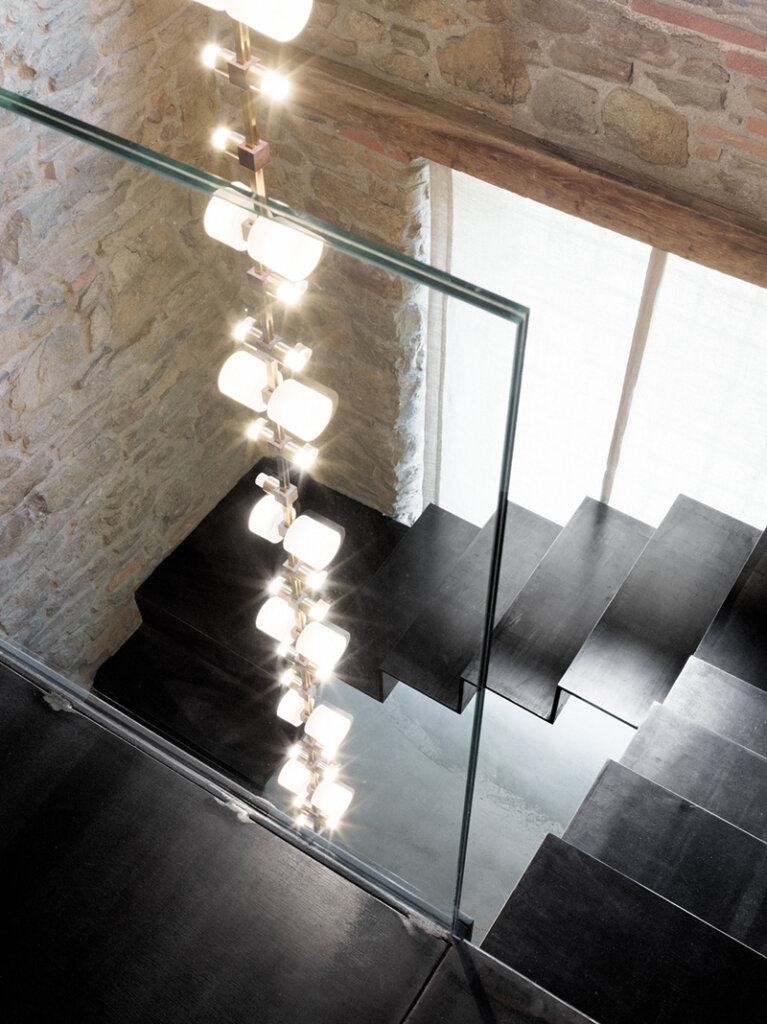
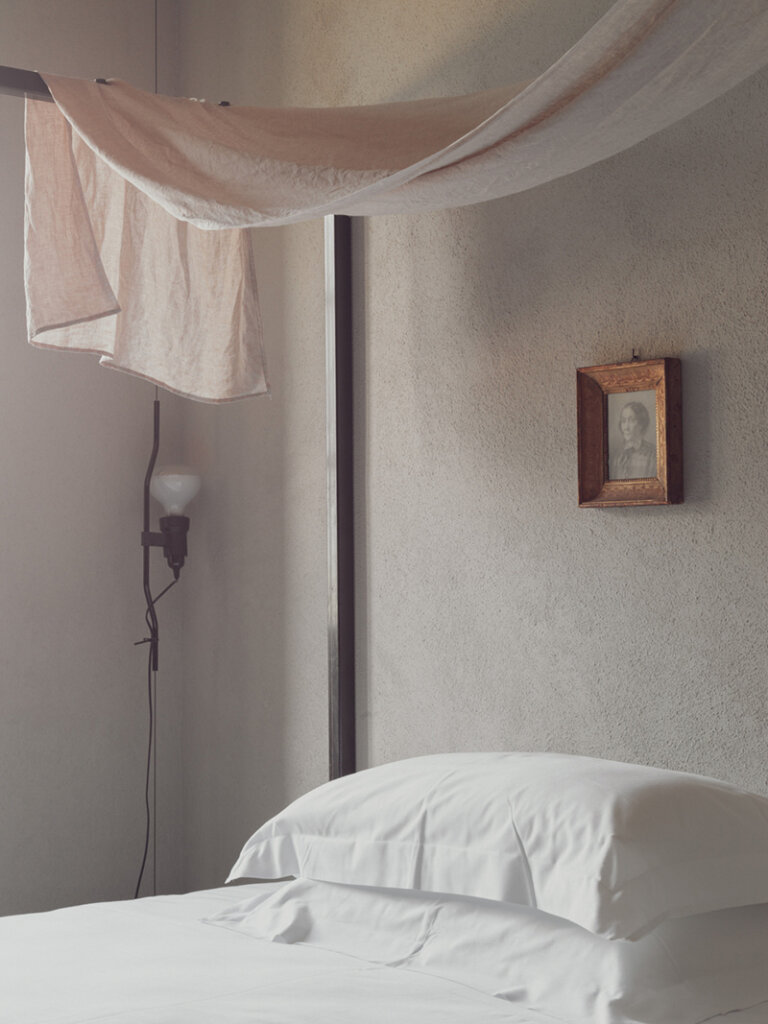
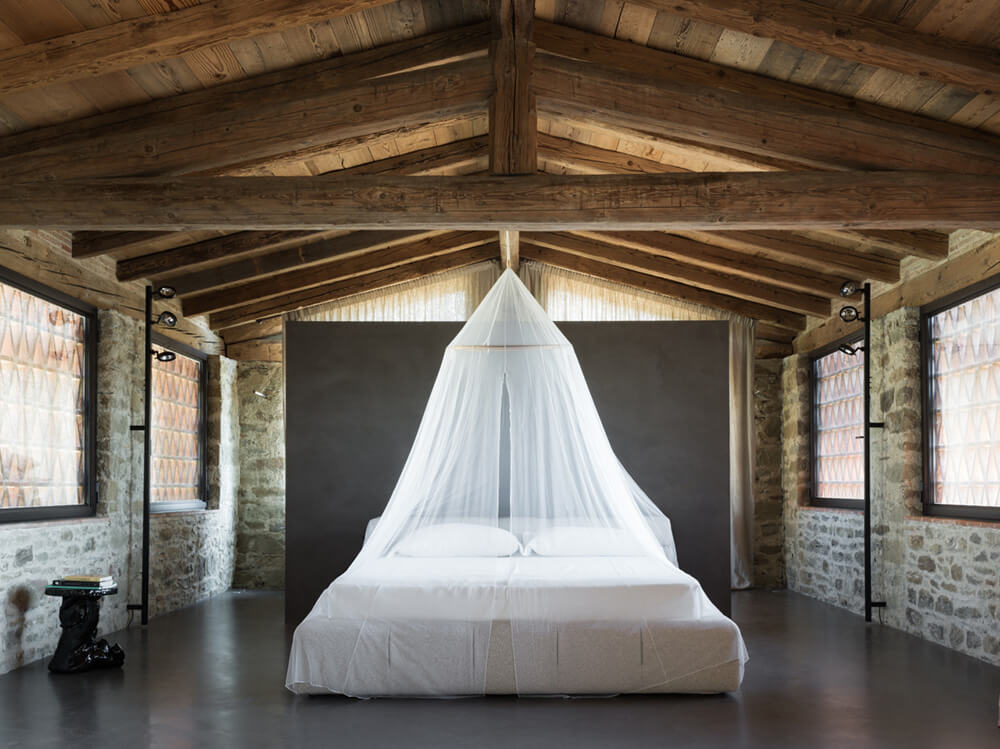
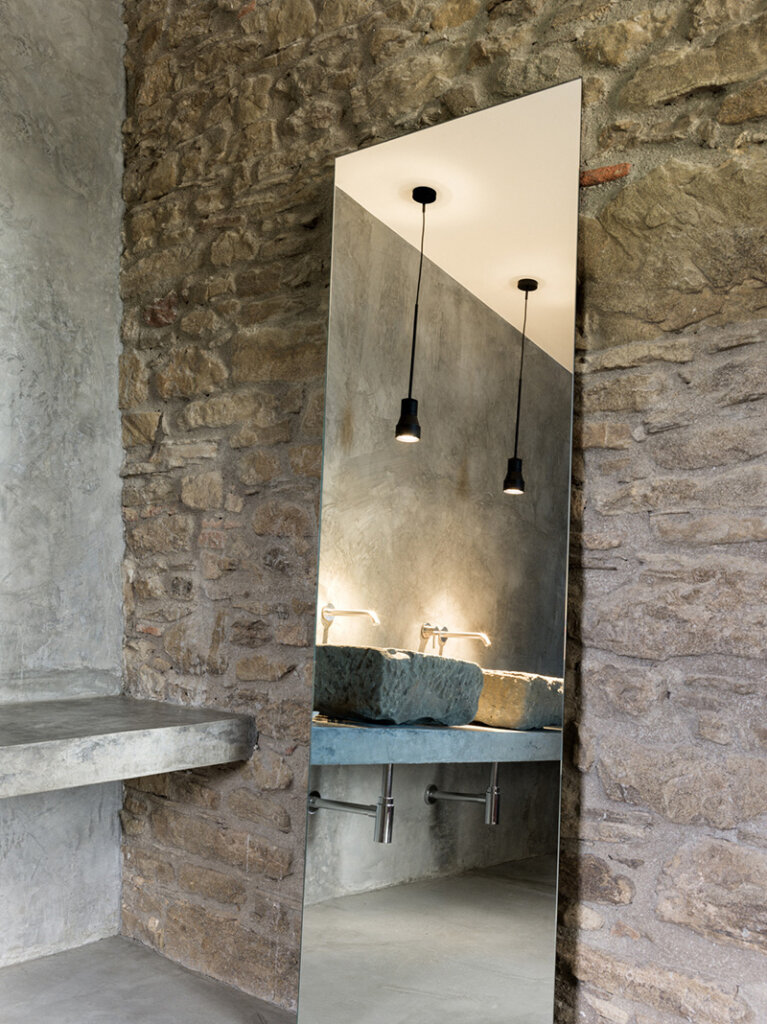
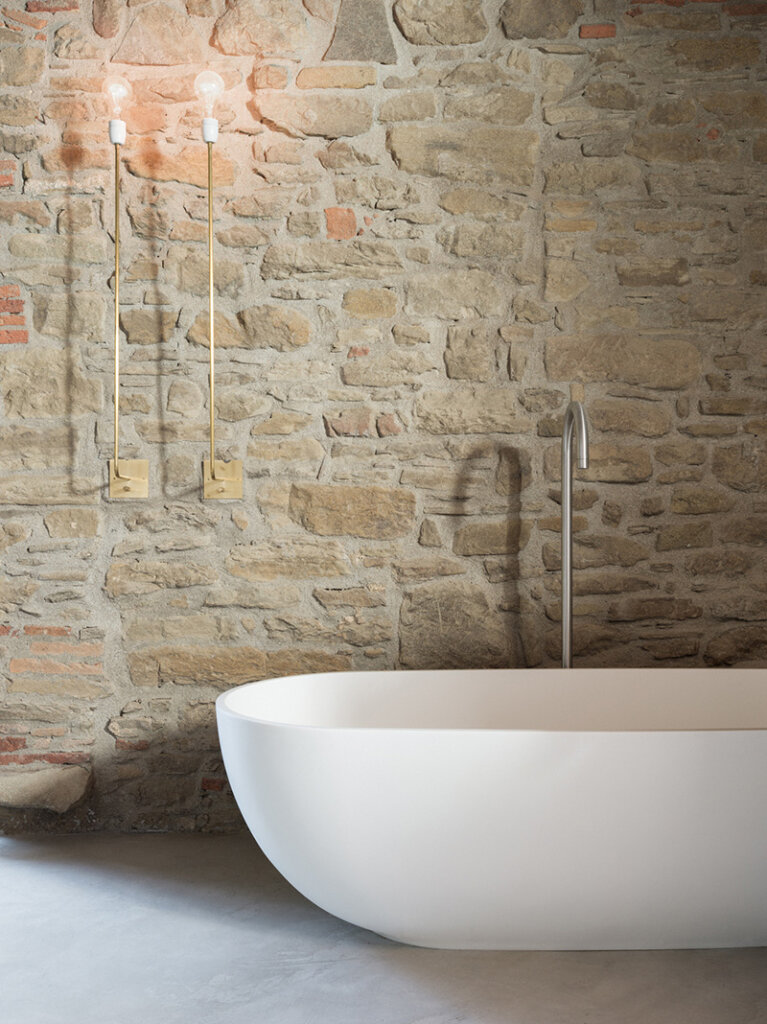
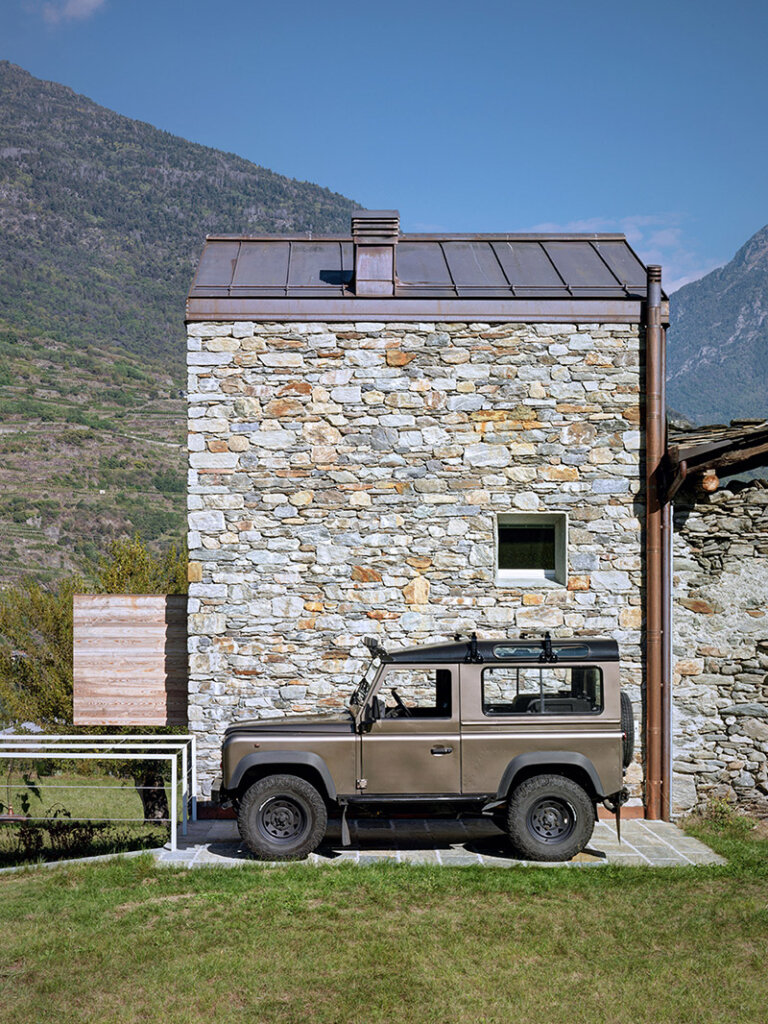
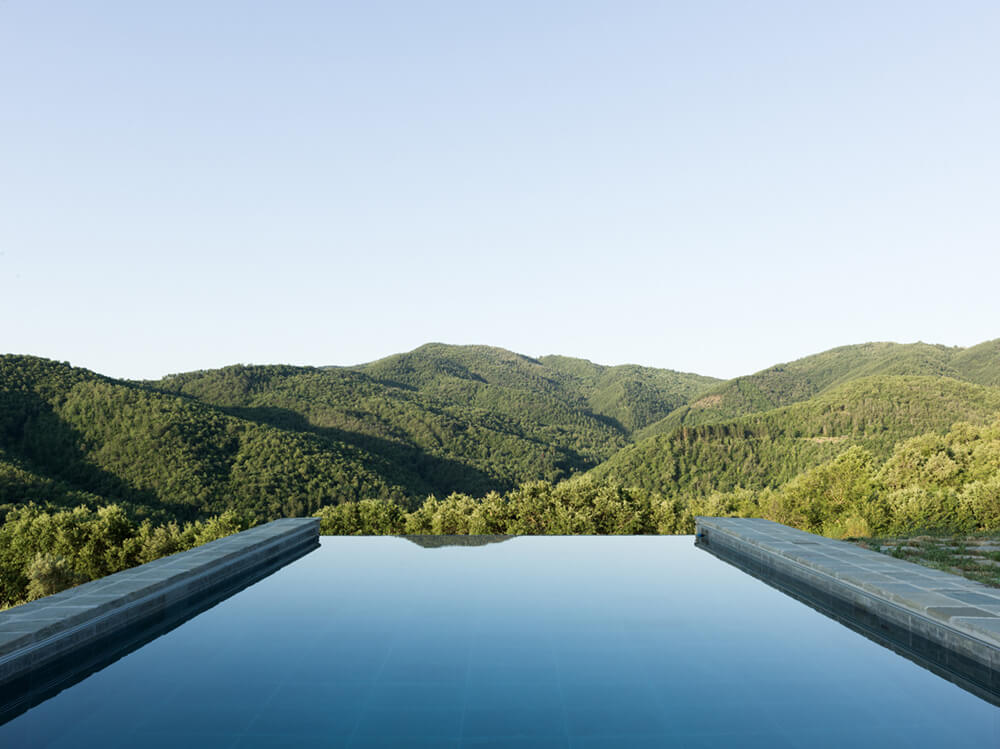
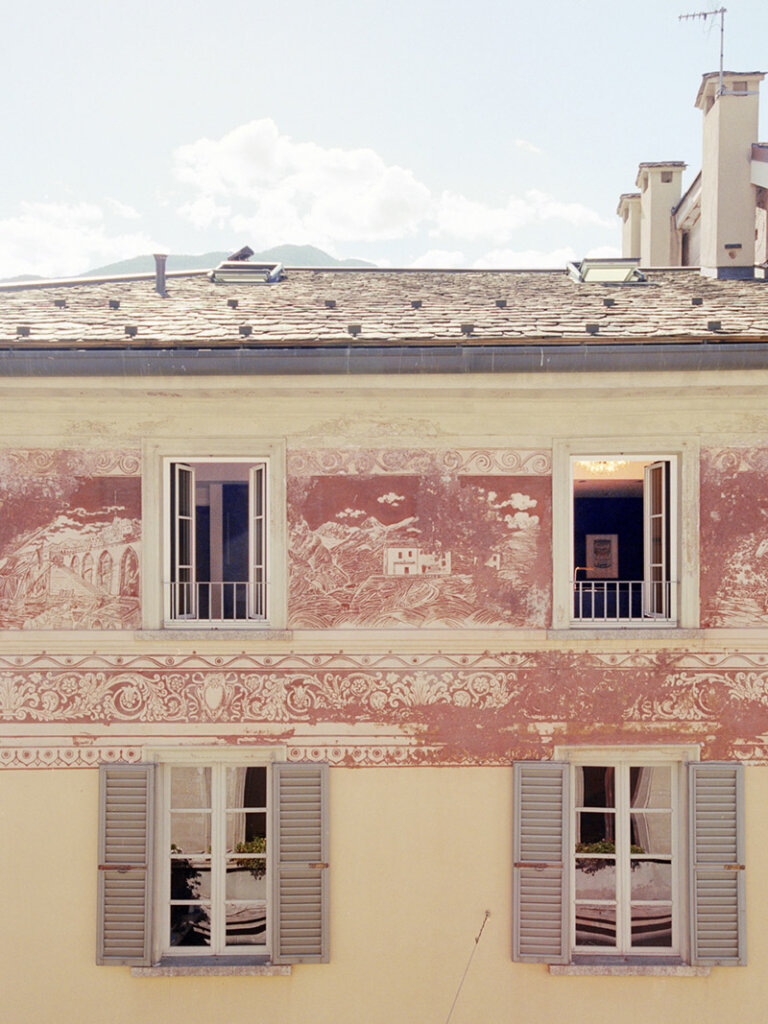
A western red cedar clad home in Los Angeles
Posted on Tue, 26 Aug 2025 by KiM
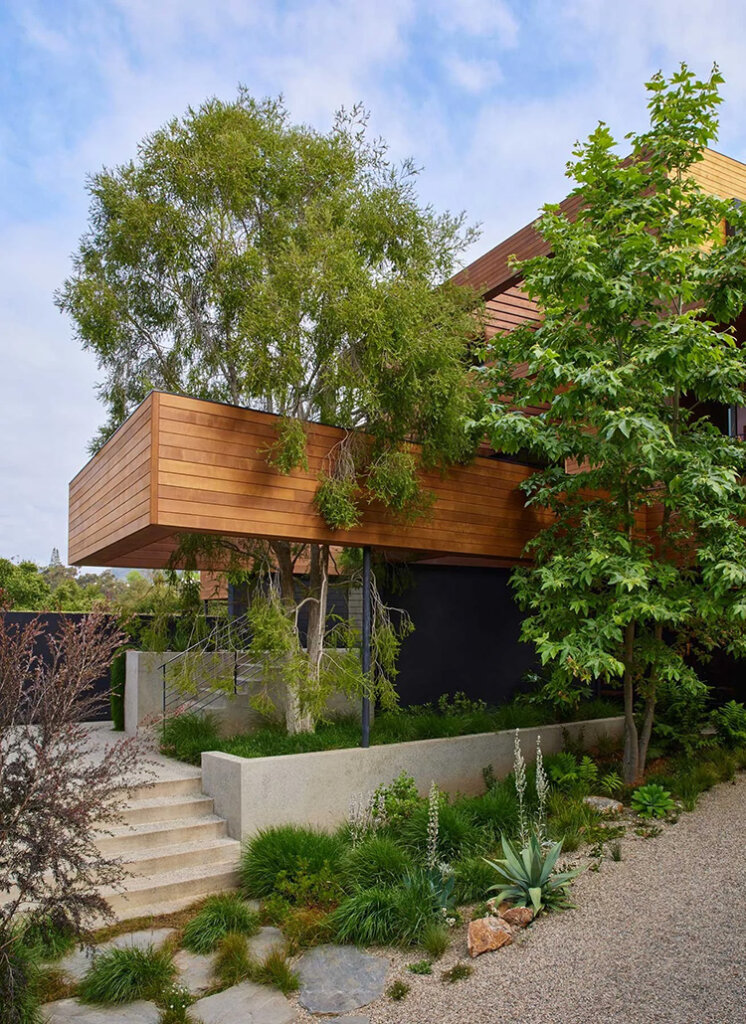
The history of this home is that it was built in 1923, remodelled in 1937, destroyed in 1993, replaced by a clunky postmodern structure, and now transformed into a organic modernist home clad in the most beautiful western red cedar, with expansive windows and soaring ceilings. Other materials such as brick, cork, ebonized oak, and black metal were added as well….and can we talk about that brutalist ceramic mural (by sculptor Stan Bitters) around the fireplace! This home is spectacular and has such a warmth. Wrap anything in wood and you’ve got a winner. Designed by Jamie Bush. Architecture: Assembledge+; Landscaping: Chris Sosa Landscape Terremoto; Styling: Amy Chin; Photos: Yoshihiro Makino.
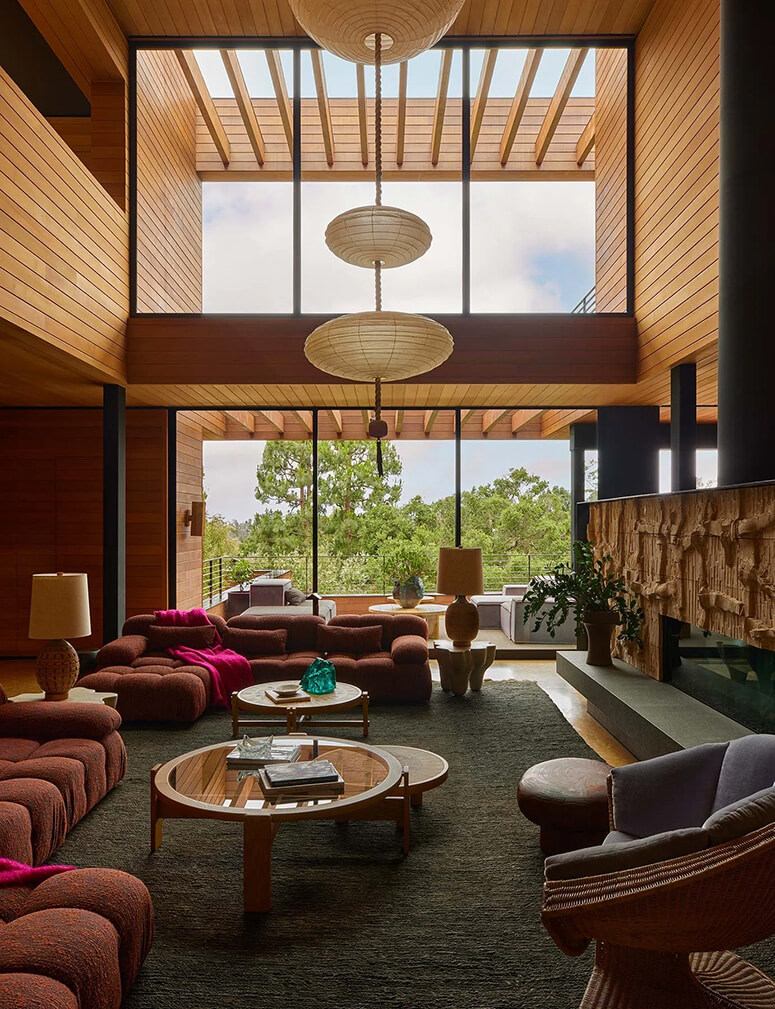
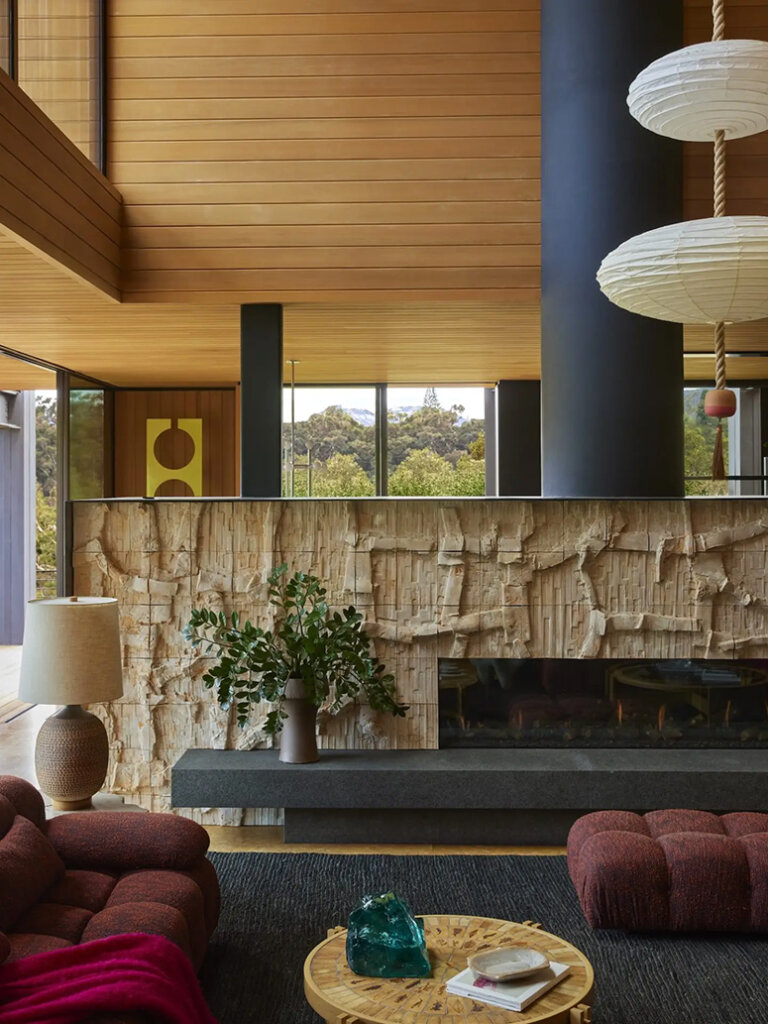

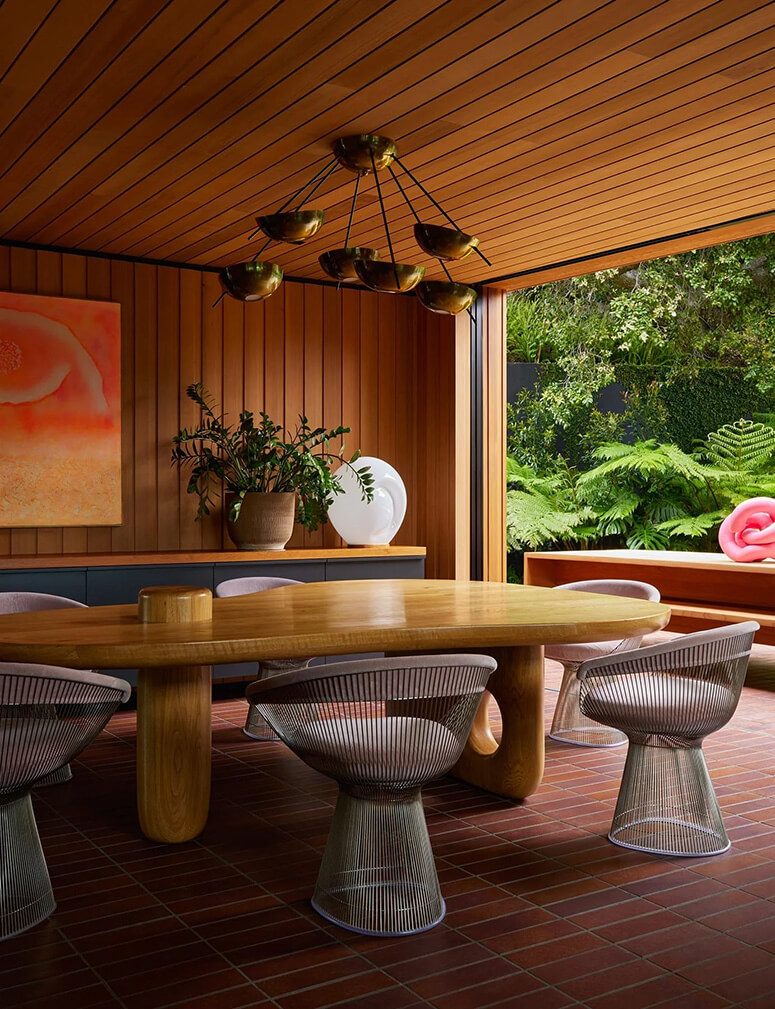
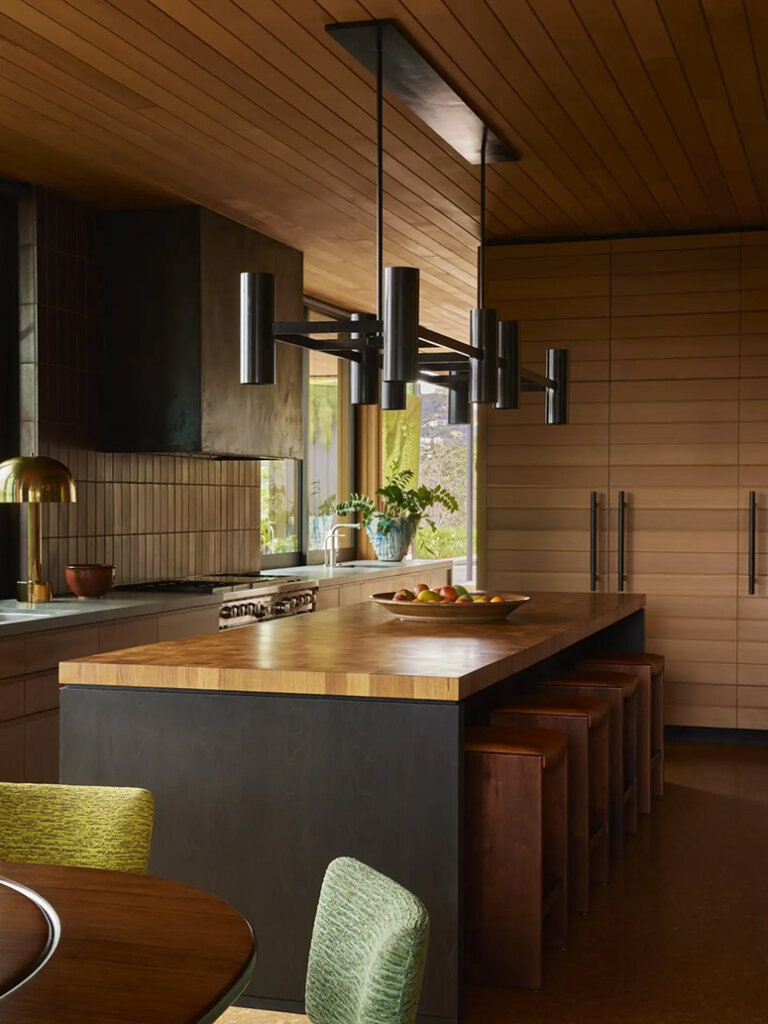
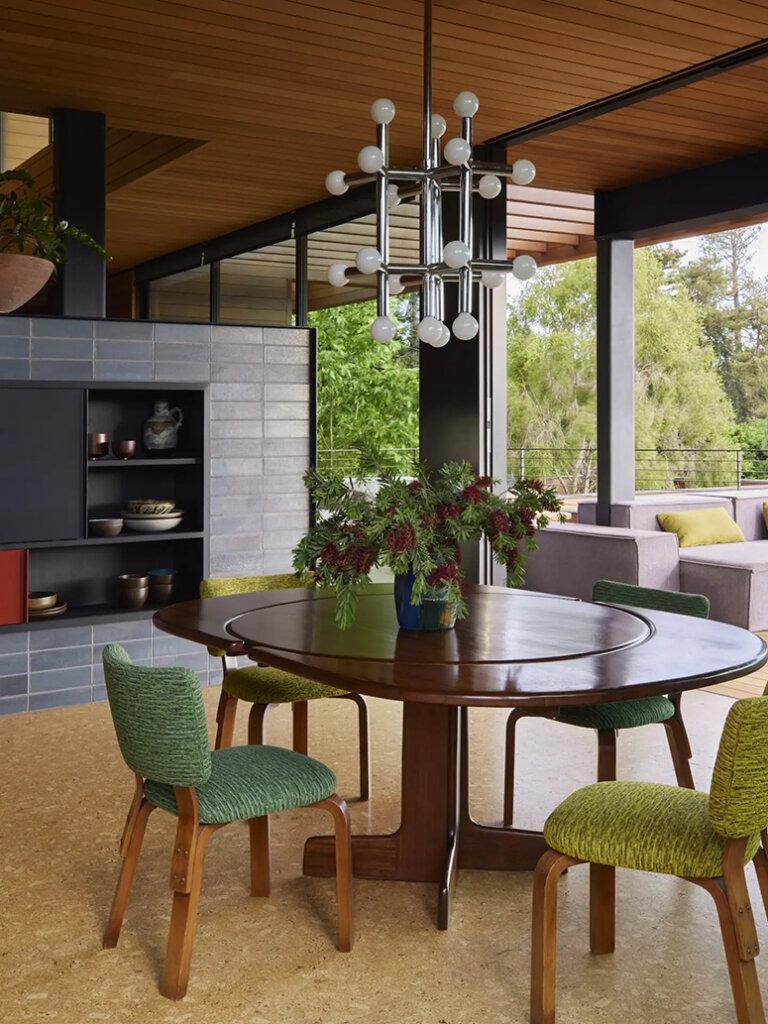
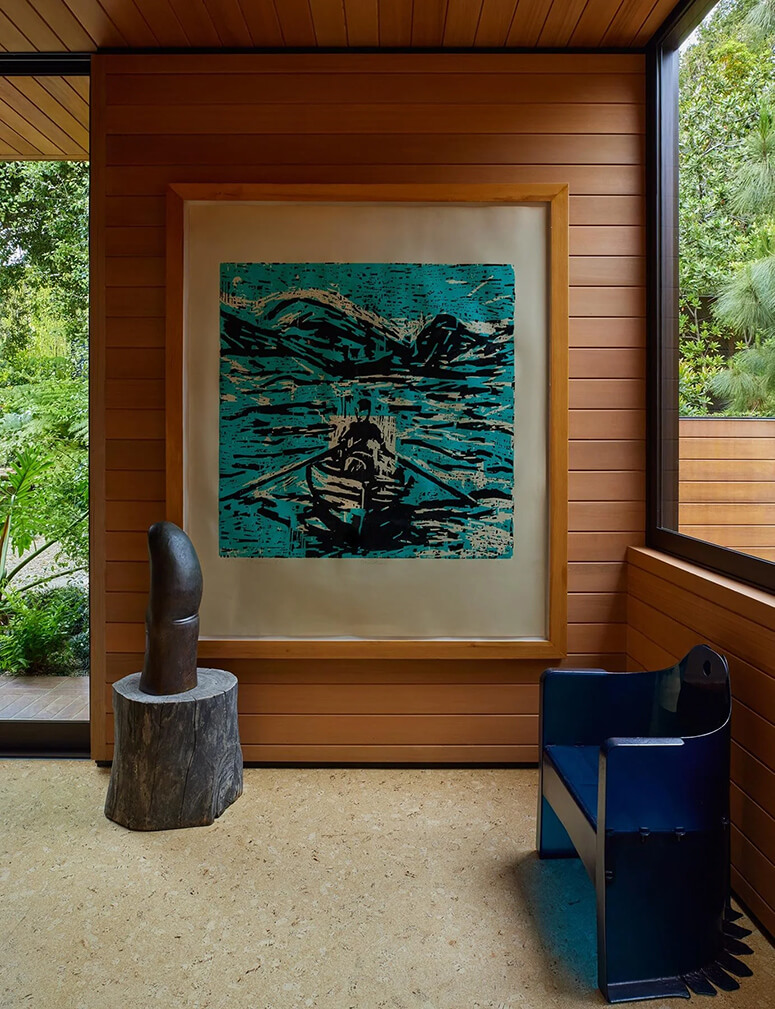
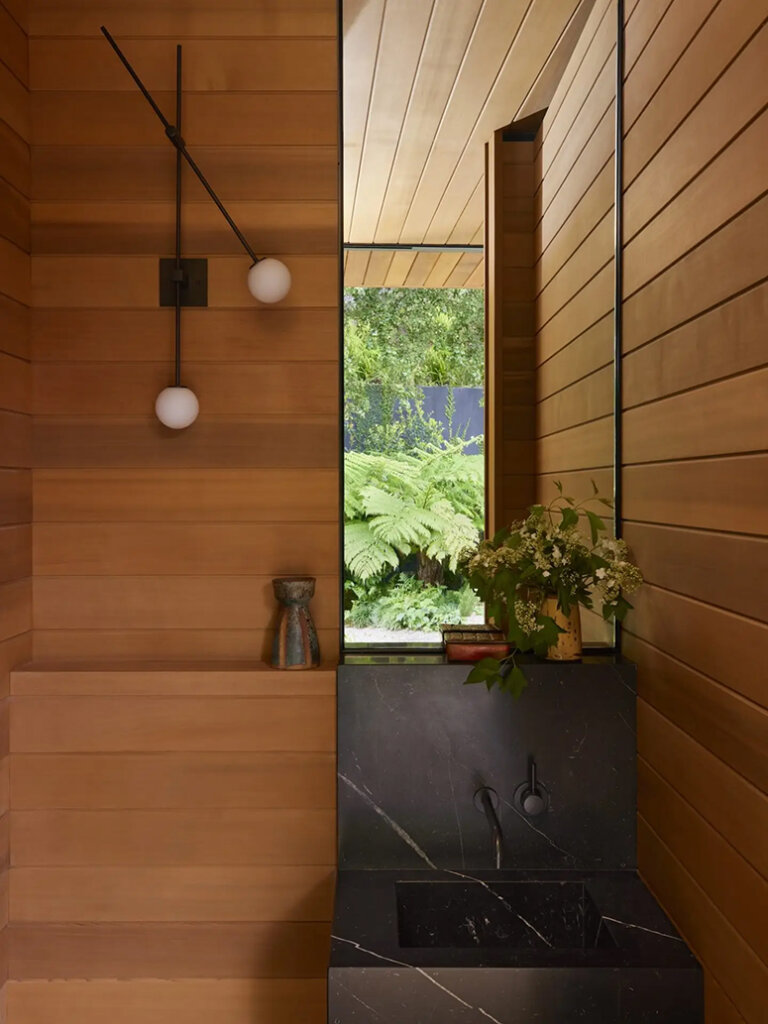
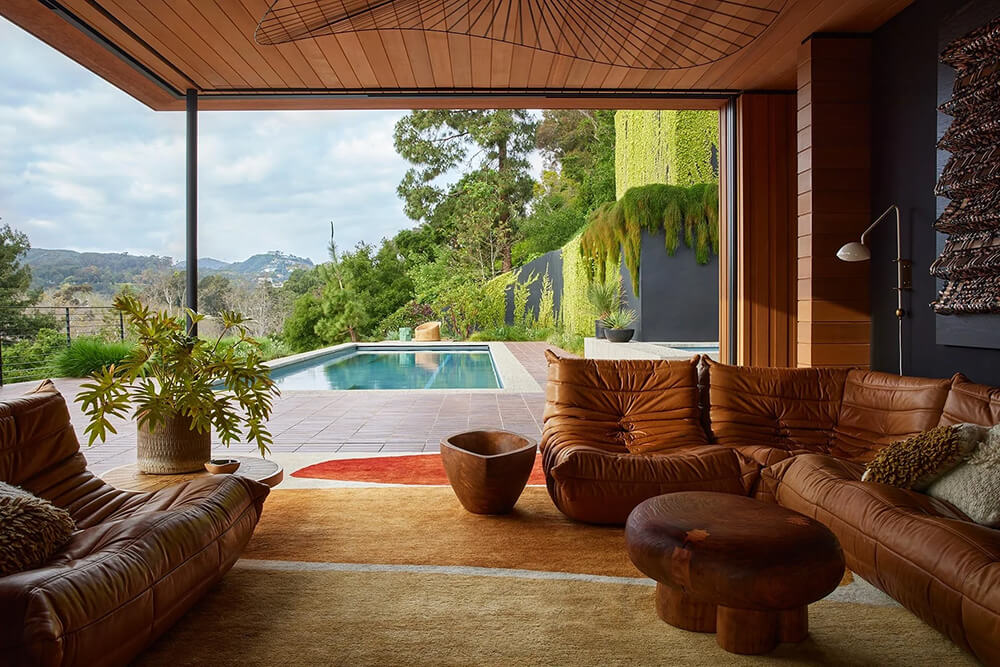
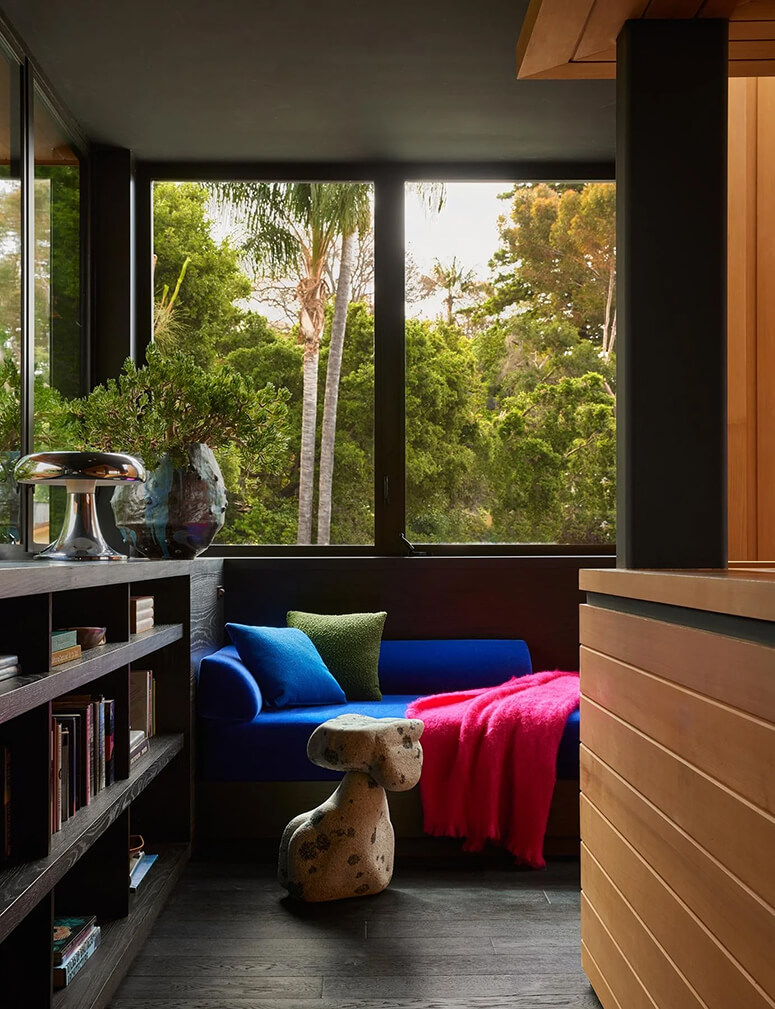

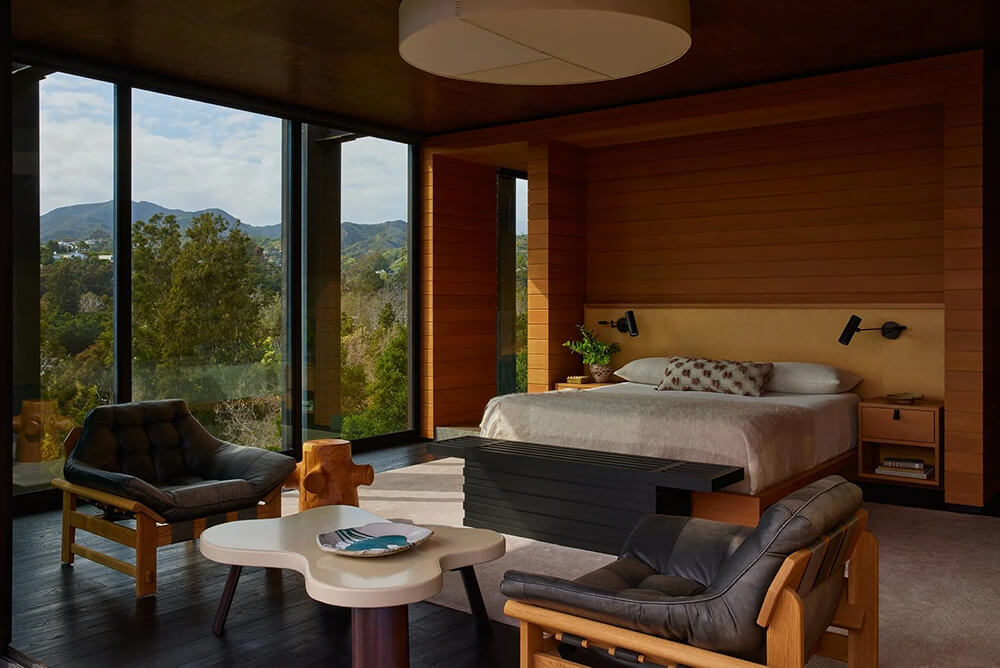
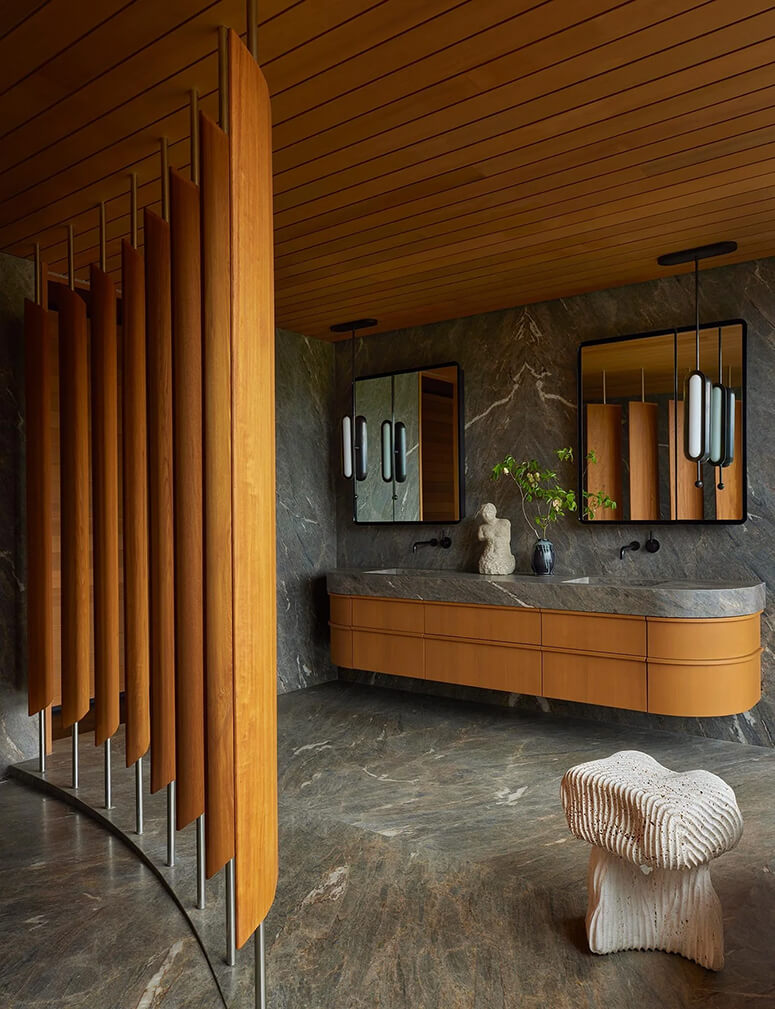
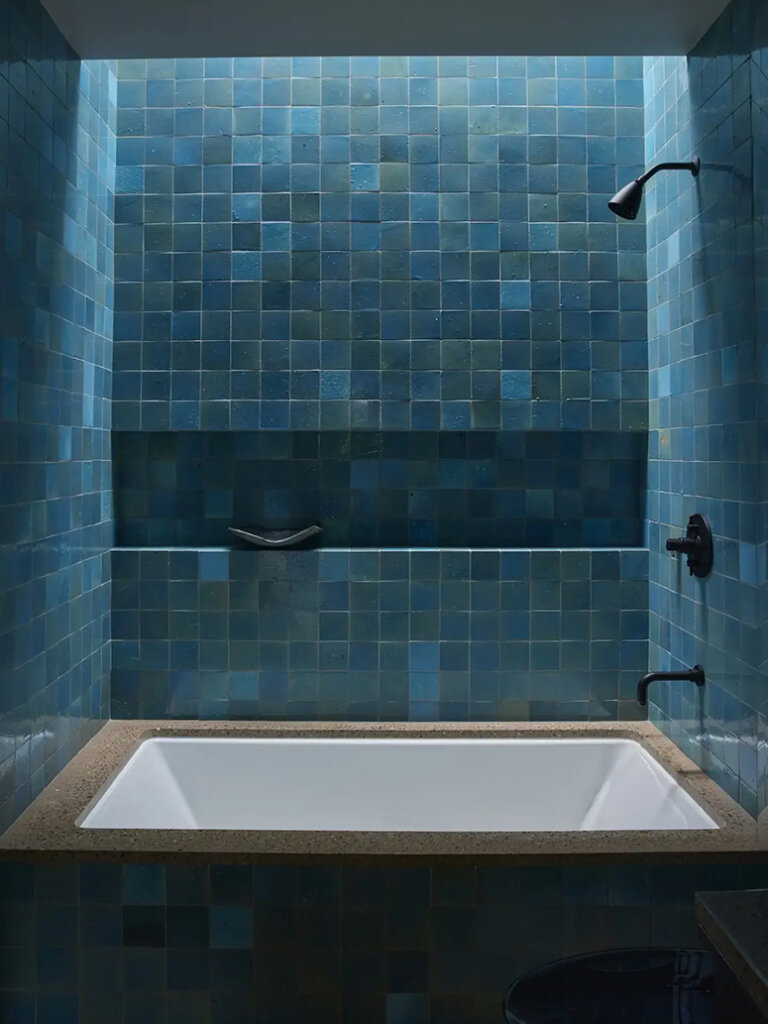
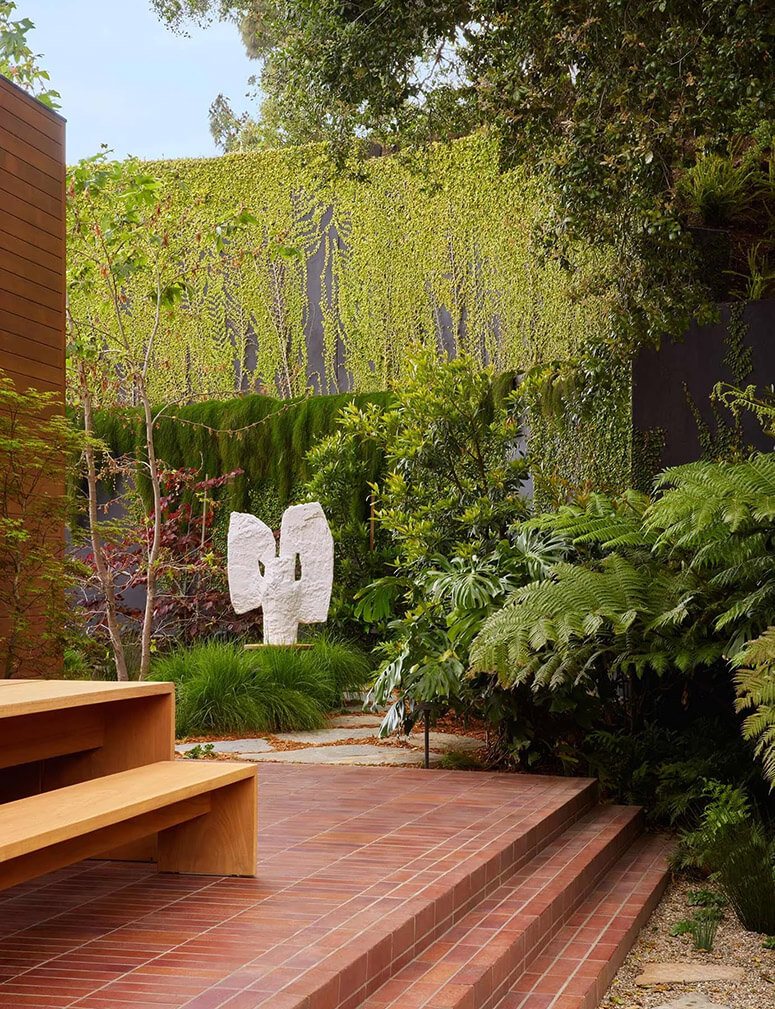
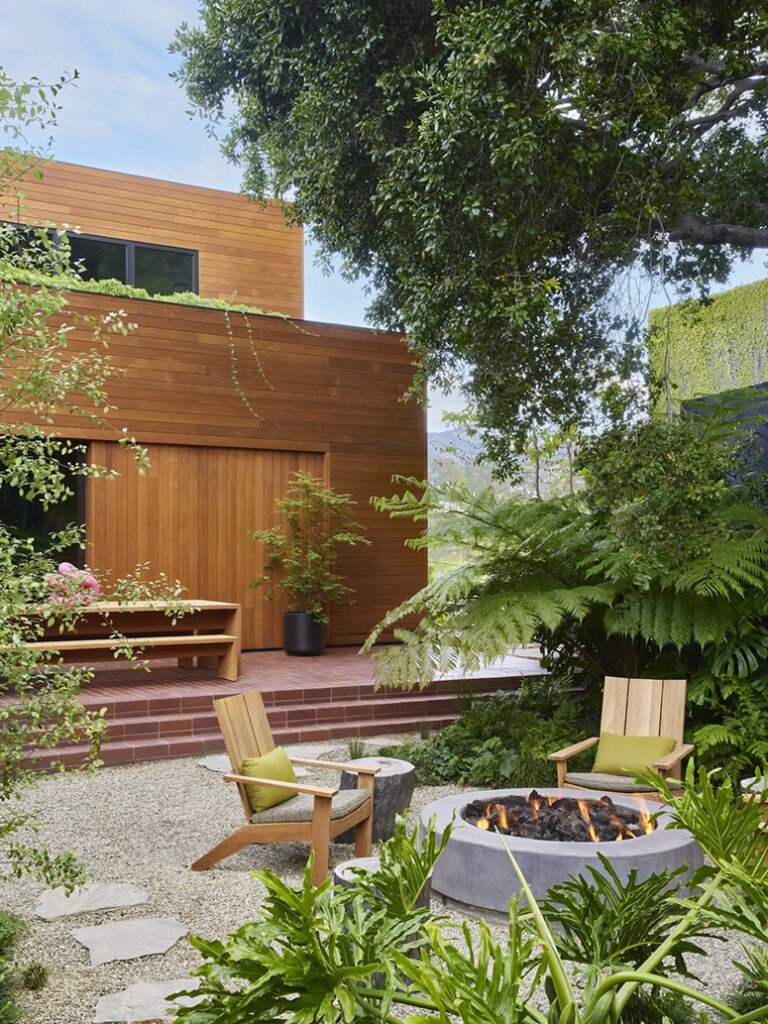
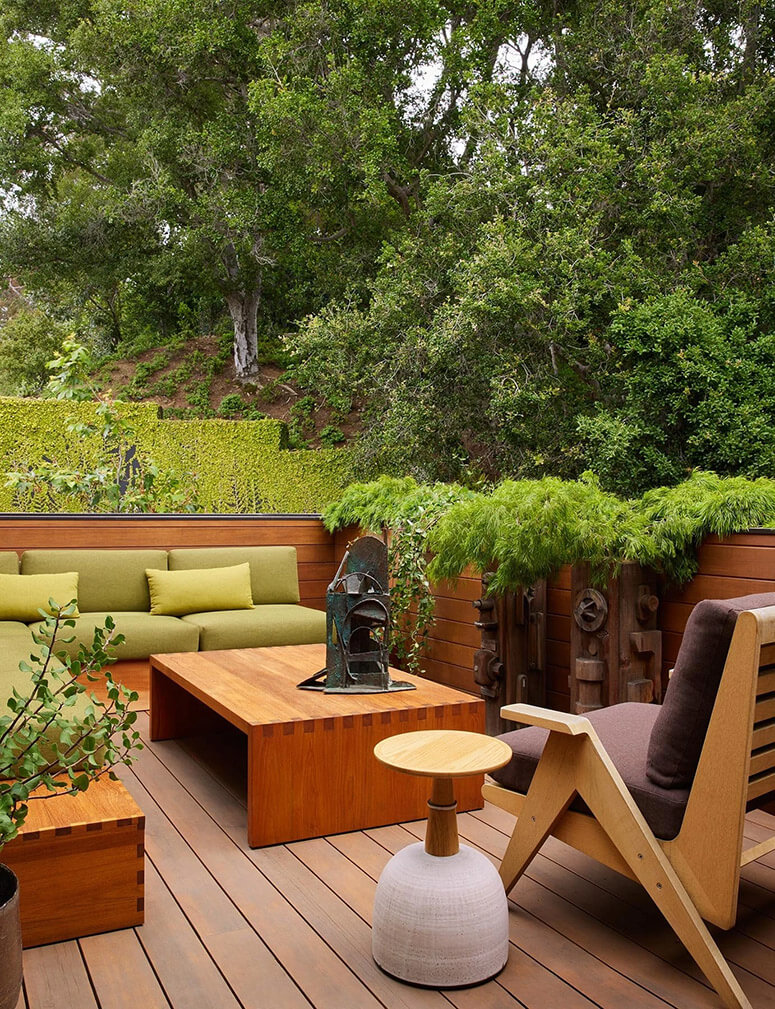
A Kensington townhouse with the prettiest yellow sitting room
Posted on Thu, 14 Aug 2025 by KiM
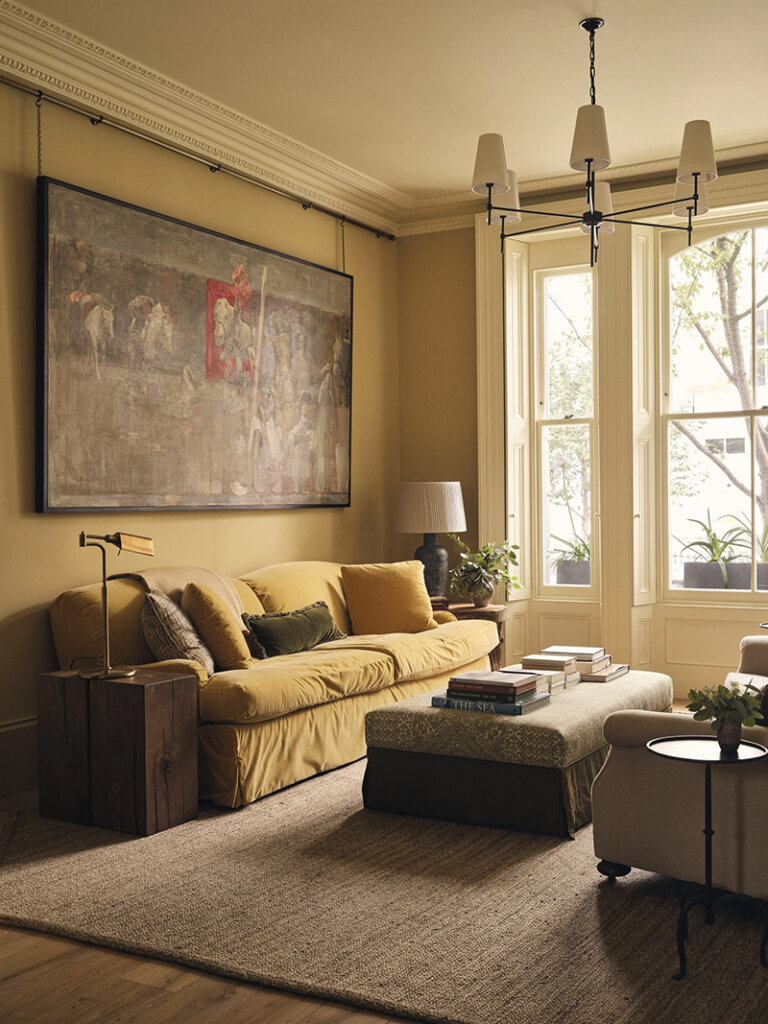
This was a 2 1/2 year project of a large Kensington townhouse, including a grand architectural intervention of a large basement excavation and addition of a barrel vaulted space above. This lead to a light flooded lower ground floor and architecturally arresting structure of a double height space with a bookcase rising up within. It was a complete renovation, with every detail, large and small, designed and considered. And as home for a family with two young children it had to be both characterful and uniquely designed, and super practical, comfortable family home.
I am utterly smitten with this yellow tonal sitting room (Edward Bulmer’s ‘Lute’) that “offers a soft, sunny backdrop for layered textures and quiet contrast”. Designer Jessica Summer sure knows how to use colour in impactful ways but on the softer side, creating hints of drama and depth.
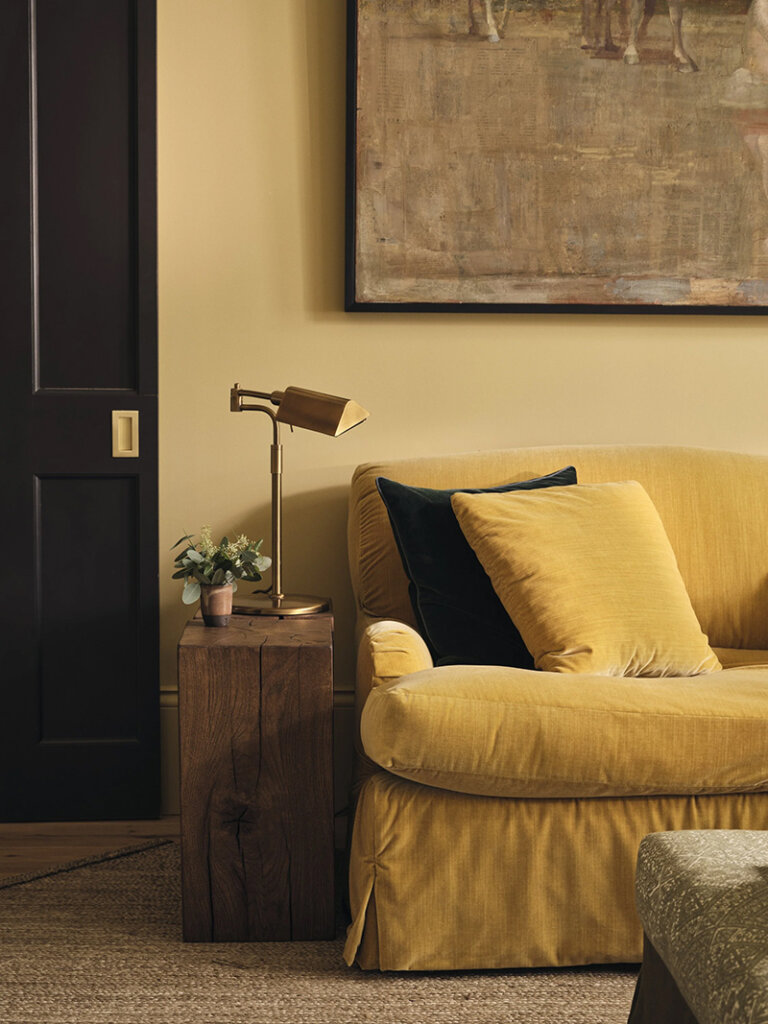
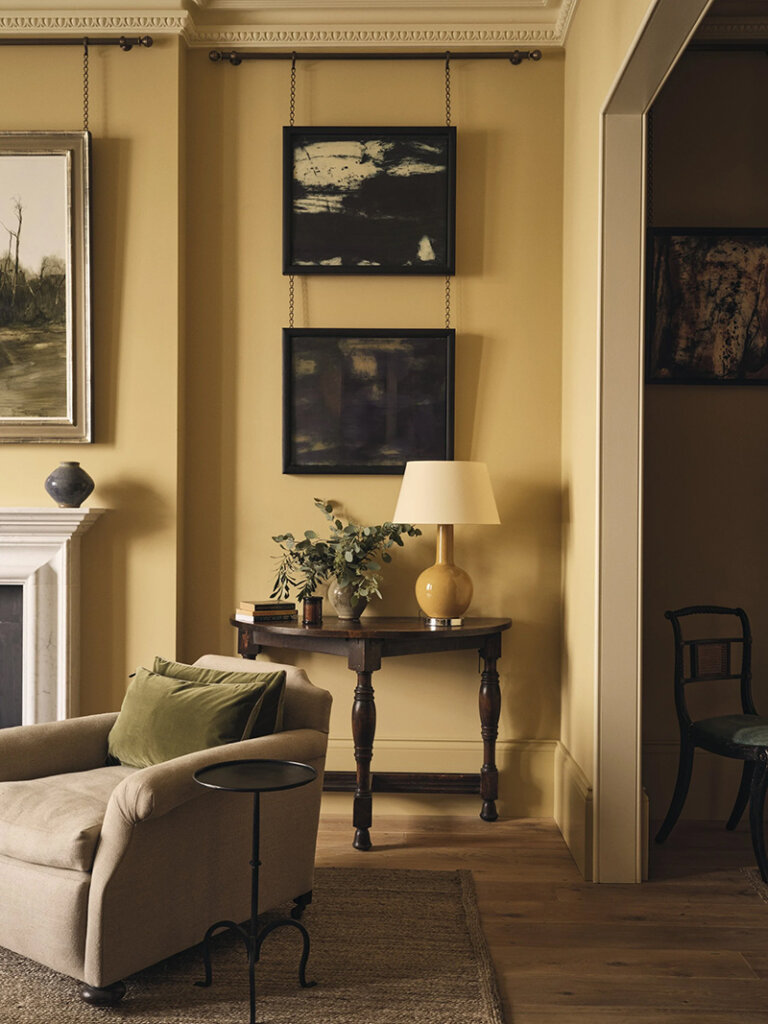









A 1930s Art Deco hunting lodge near Paris
Posted on Sun, 20 Jul 2025 by KiM

On my hunt for a château to share I came across this home and it was game over. This is so incredibly cool and for some unknown reason has been for sale for many months and is still not sold. Whenever it does sell, the new owner better not touch a friggin thing! For sale via Daniel Féau for €1,975,000. (Some photos via The World of Interiors).
For Art Deco lovers, the house of the architect Pierre Petit who exhibited in 1937 at the Universal Exhibition. The house dominates its park of more than 3 hectares with tennis court, rose garden, vegetable garden, pond and garages. Very bright with high ceilings, the house is remarkable for its conservation in its original architecture on which several renowned artists have intervened such as the sculptors Jean René Debarre and Georges Guyot, the ironworker Raymond Subes and the master glassmaker and mosaicist Joseph Jean Kef Ray; many of the lights are signed Perzel. The entrance is grandiose in its verticality with its carved door and polished stucco walls, on the ground floor there is a lounge-bar and rooms formerly devoted to service. Upstairs, the kitchen opens onto a dining room that has remained intact and a double living room which opens onto a large terrace with panoramic views of the park. The upper levels serve 6 bedrooms and 3 bathrooms, as well as a room with a billiard table. The mosaic floors are superb. The extensive park ensures the privacy of the property.
